- Filter By:
-
-
Stock photos and images of username:MohanaAntonMeryl
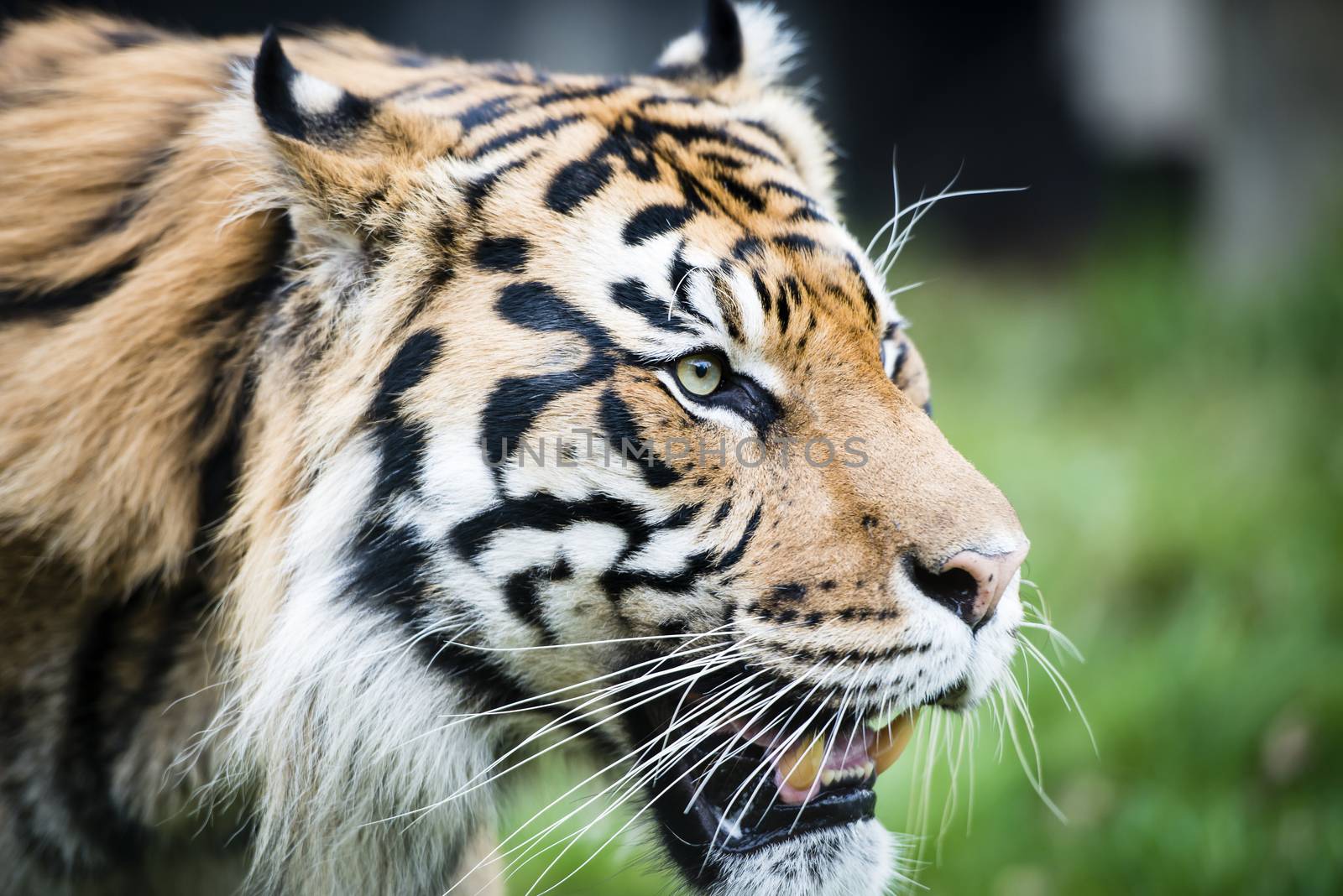
Encounter with Sumatran tiger
Stock PhotoUsername
MohanaAntonMerylResolution
7360x4912pxEncounter with Sumatran tiger

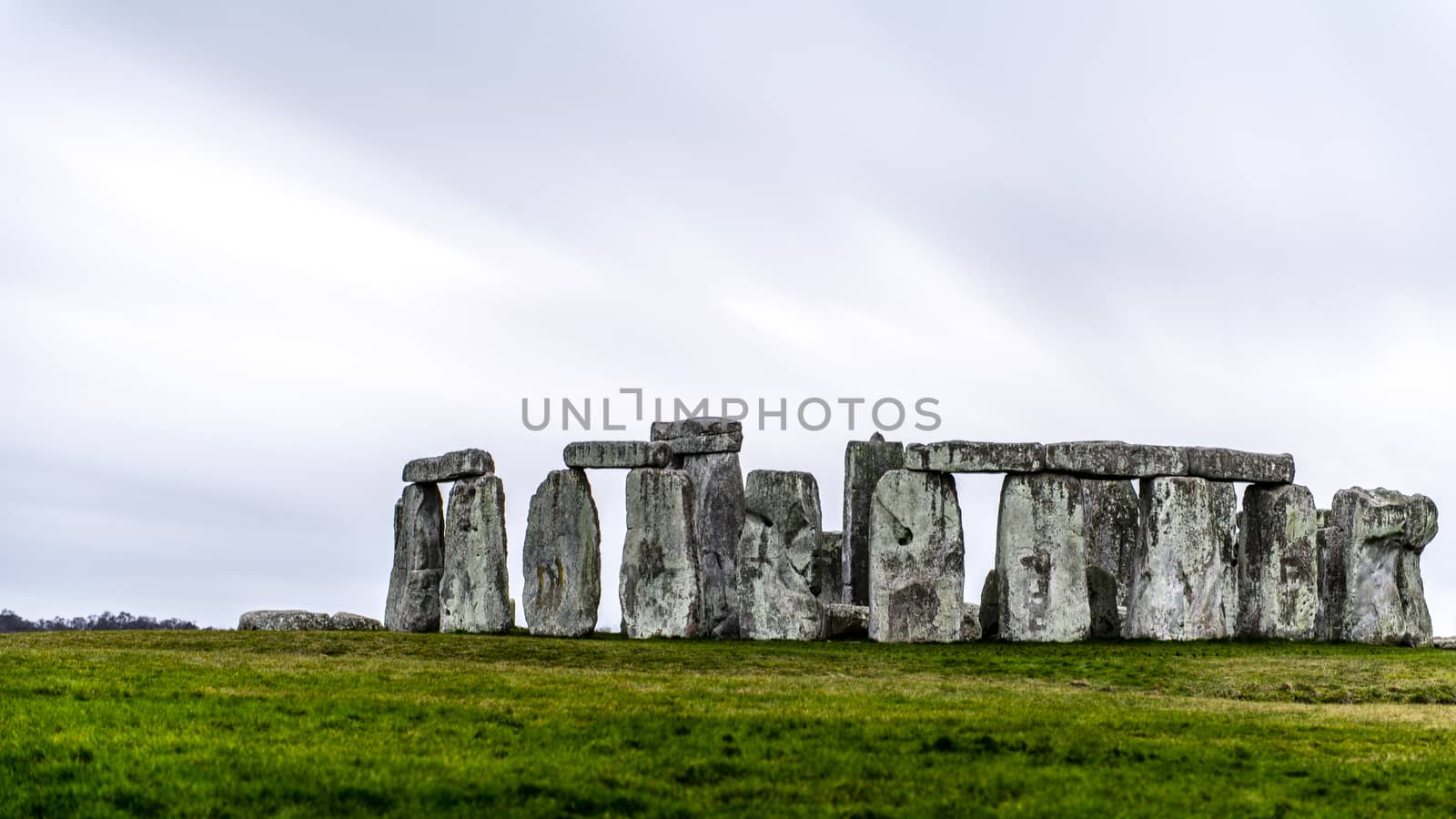
Stonehenge is a prehistoric monument in England
Stock PhotoUsername
MohanaAntonMerylResolution
7125x4008pxStonehenge is a prehistoric monument in England

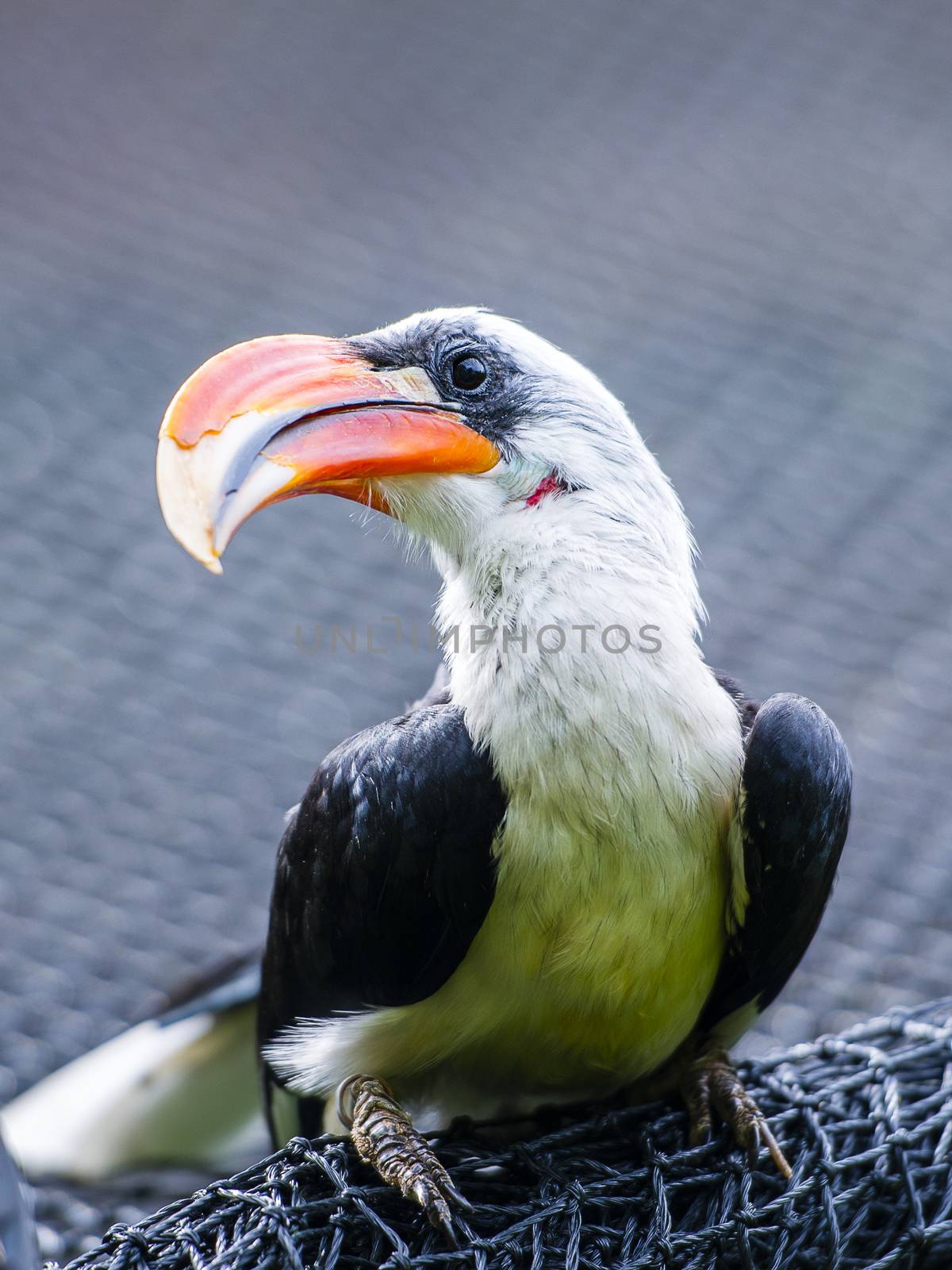
Von Der Deckens Hornbill
Stock PhotoUsername
MohanaAntonMerylResolution
2283x3044pxVon Der Deckens Hornbill

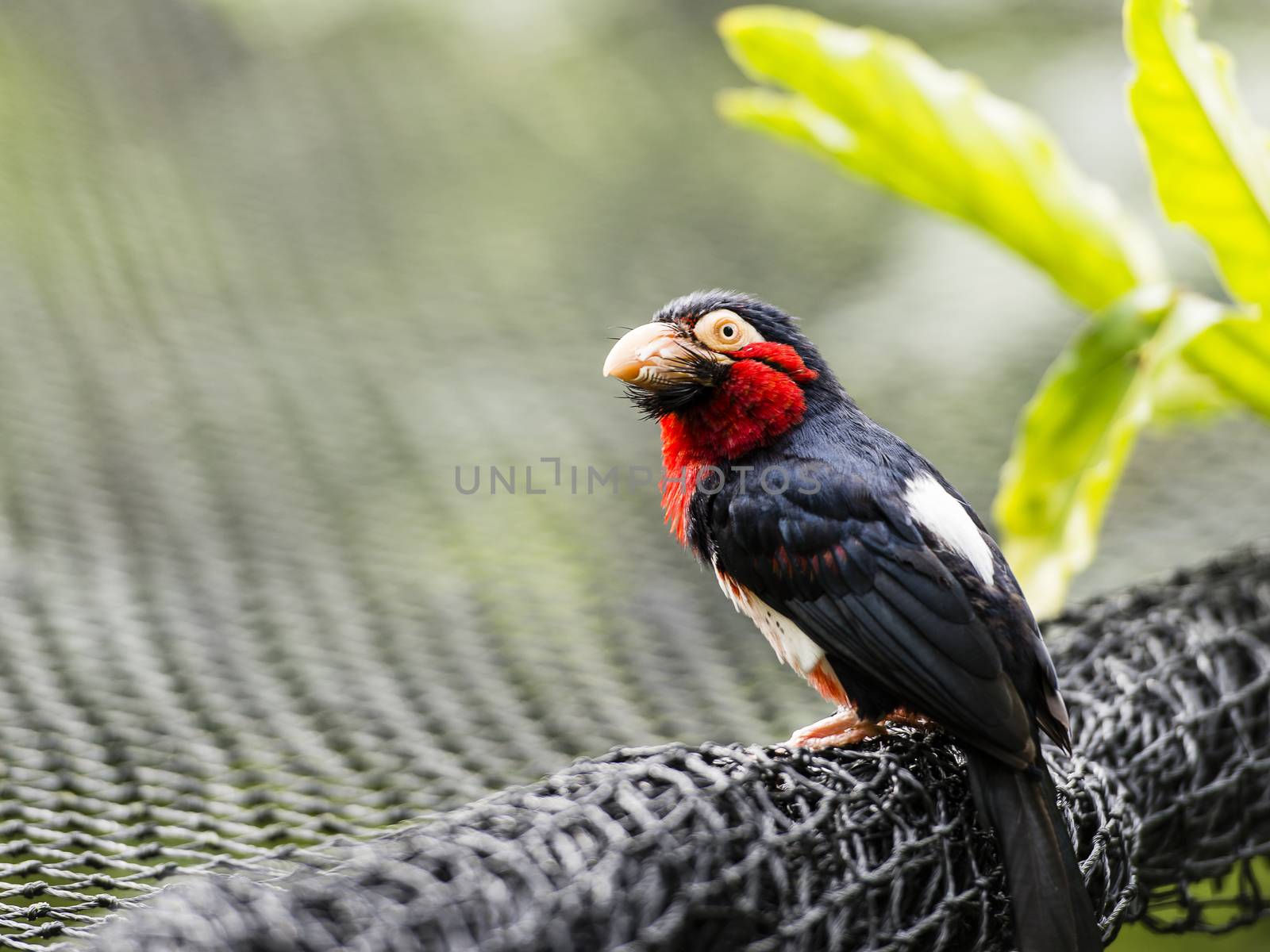
Bearded barbet bird
Stock PhotoUsername
MohanaAntonMerylResolution
5048x3786pxBearded barbet bird


The Okapi known as the forest giraffe or zebra giraffe
Stock PhotoUsername
MohanaAntonMerylResolution
6549x4912pxThe Okapi known as the forest giraffe or zebra giraffe
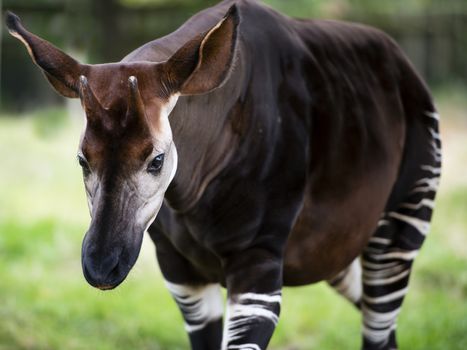
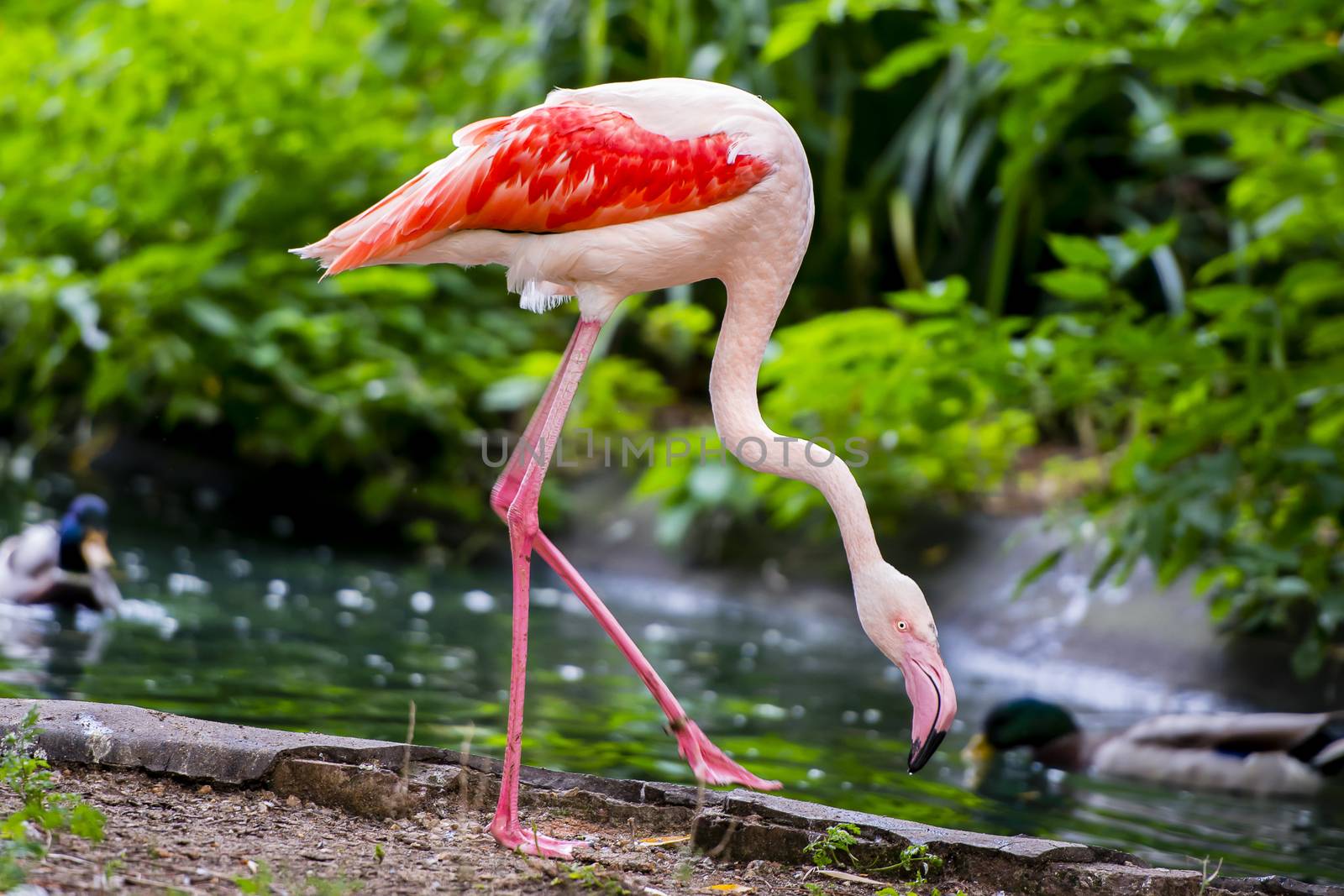
Pinkish-white greater flamingo bird
Stock PhotoUsername
MohanaAntonMerylResolution
4386x2924pxPinkish-white greater flamingo bird

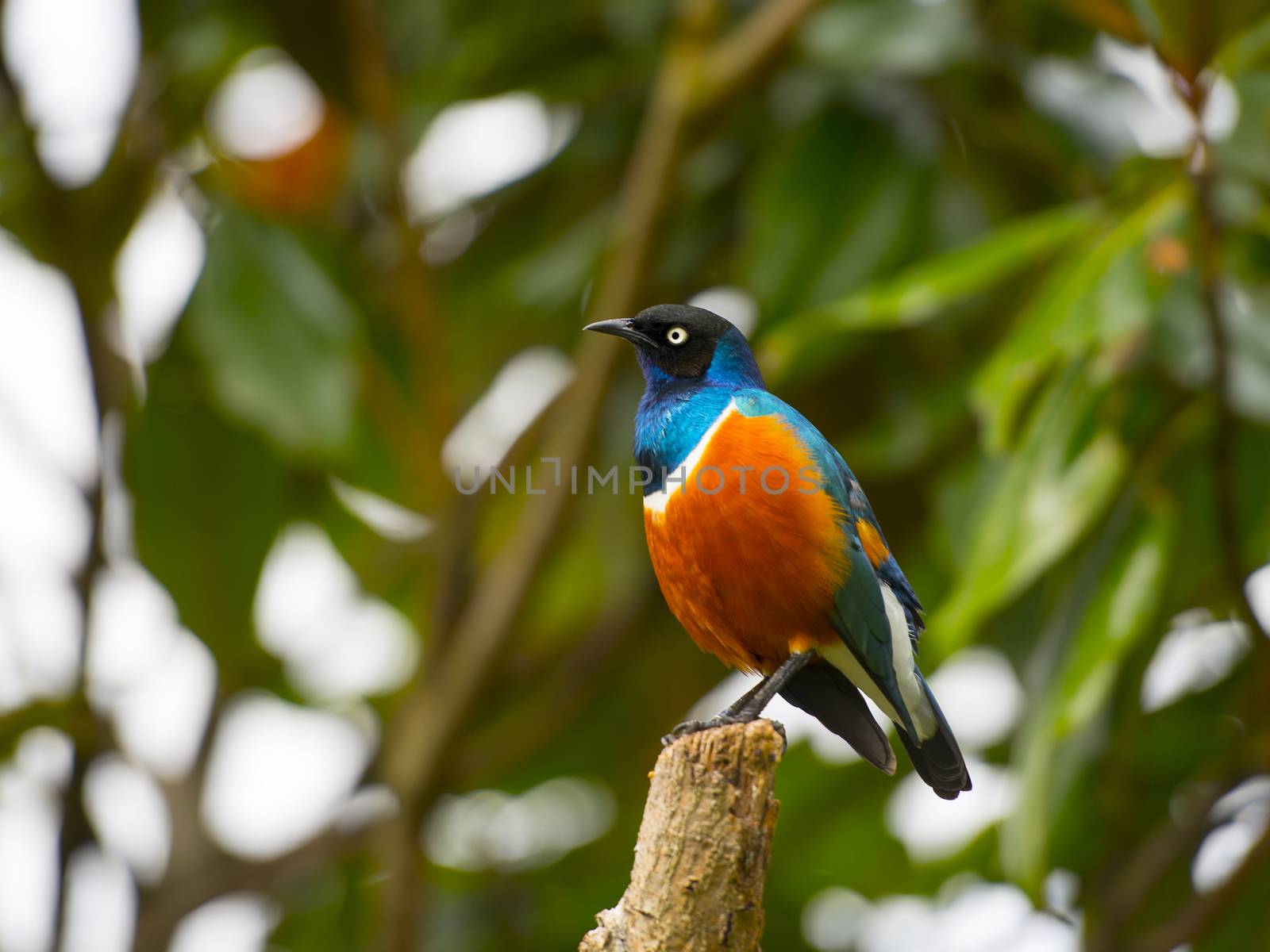
Superb starling bird
Stock PhotoUsername
MohanaAntonMerylResolution
4229x3172pxSuperb starling bird

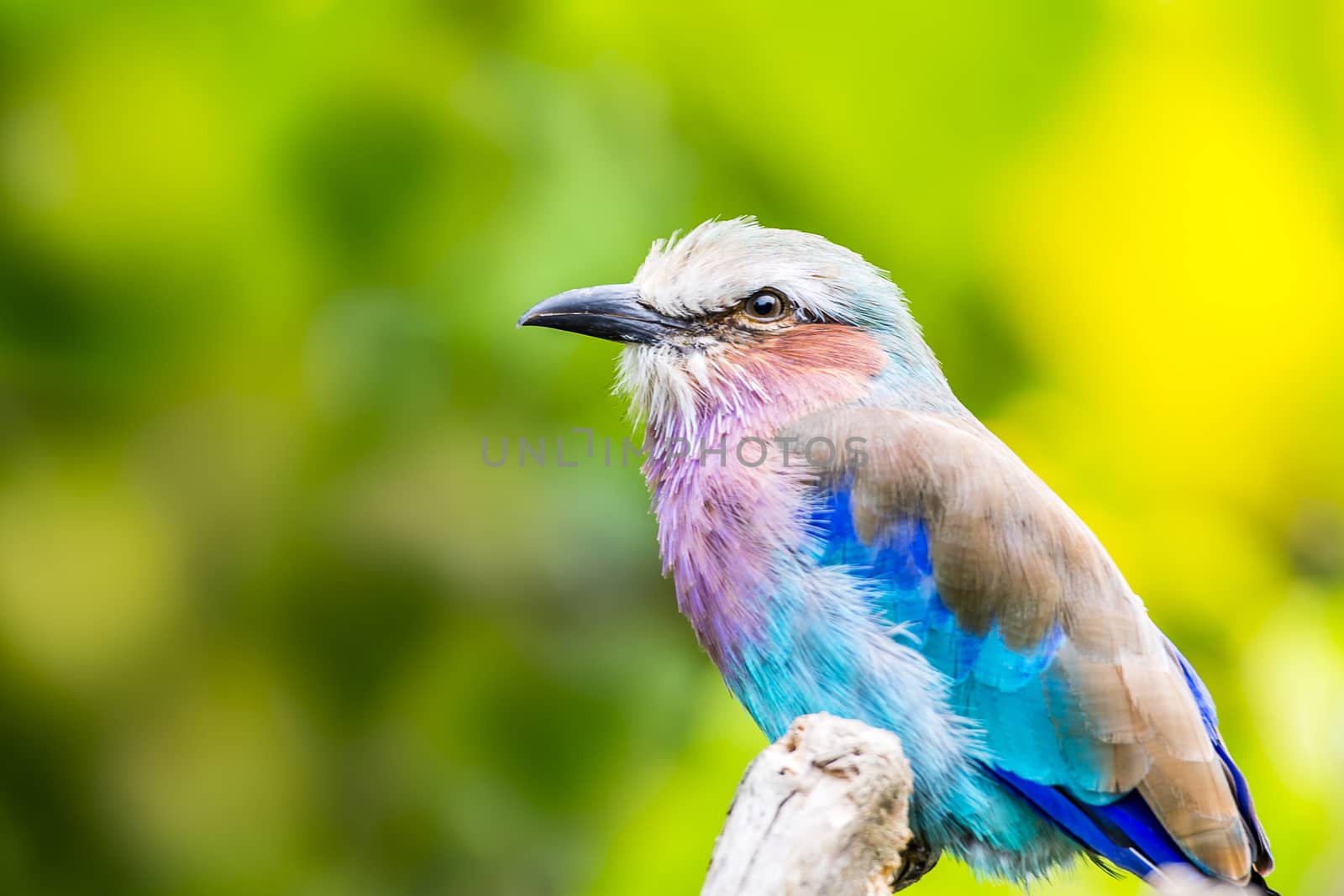
Lilac breasted roller bird
Stock PhotoUsername
MohanaAntonMerylResolution
3713x2475pxLilac breasted roller bird

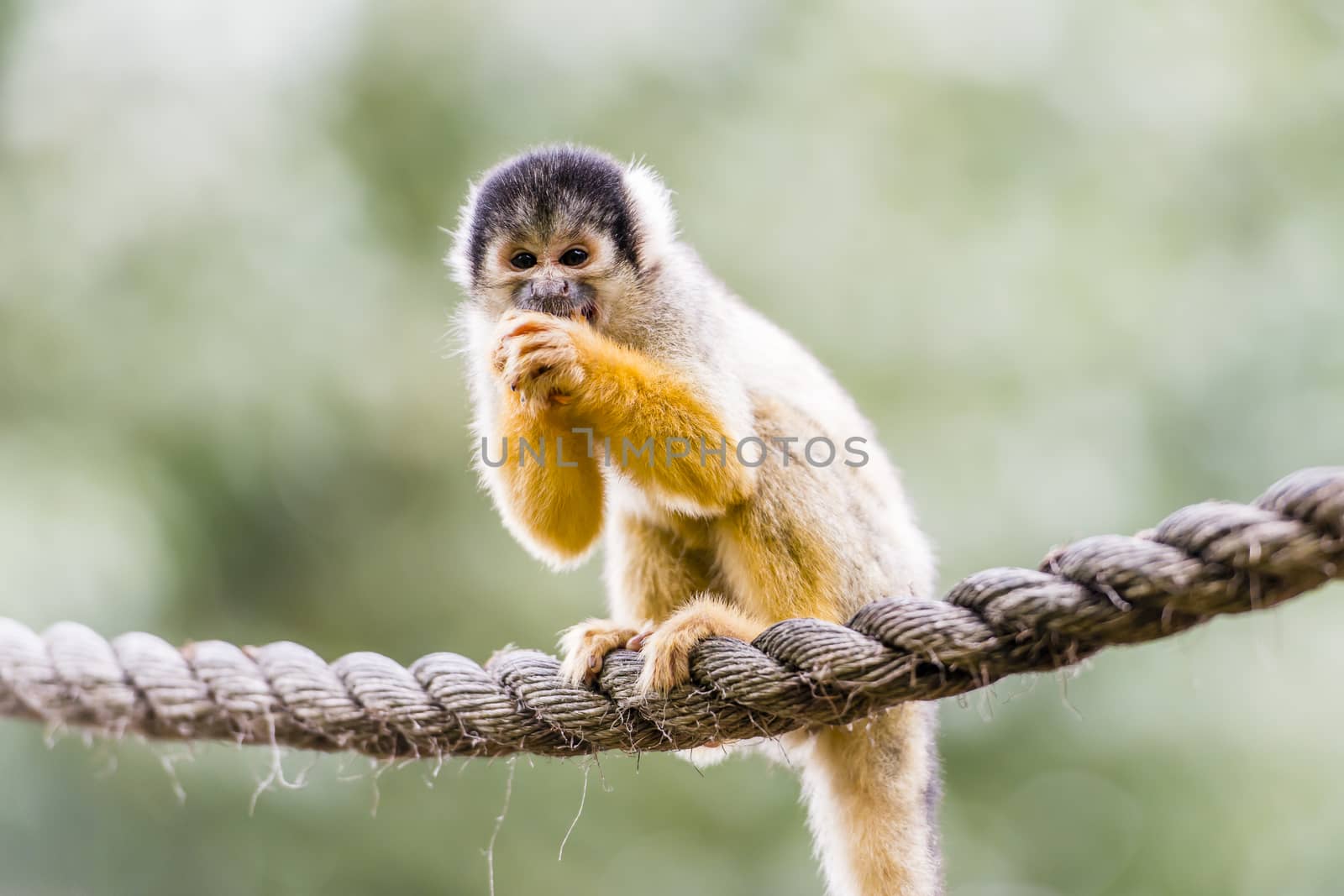
Black-capped squirrel monkey
Stock PhotoUsername
MohanaAntonMerylResolution
6213x4142pxBlack-capped squirrel monkey


Meerkat guarding the territory
Stock PhotoUsername
MohanaAntonMerylResolution
4912x3275pxMeerkat guarding the territory
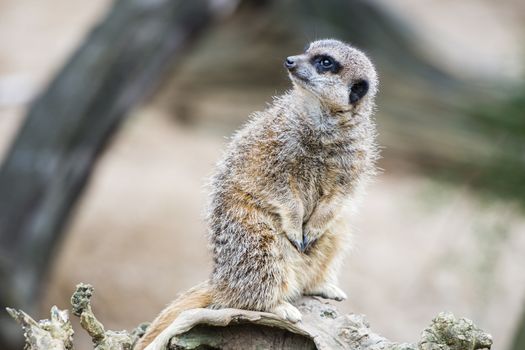
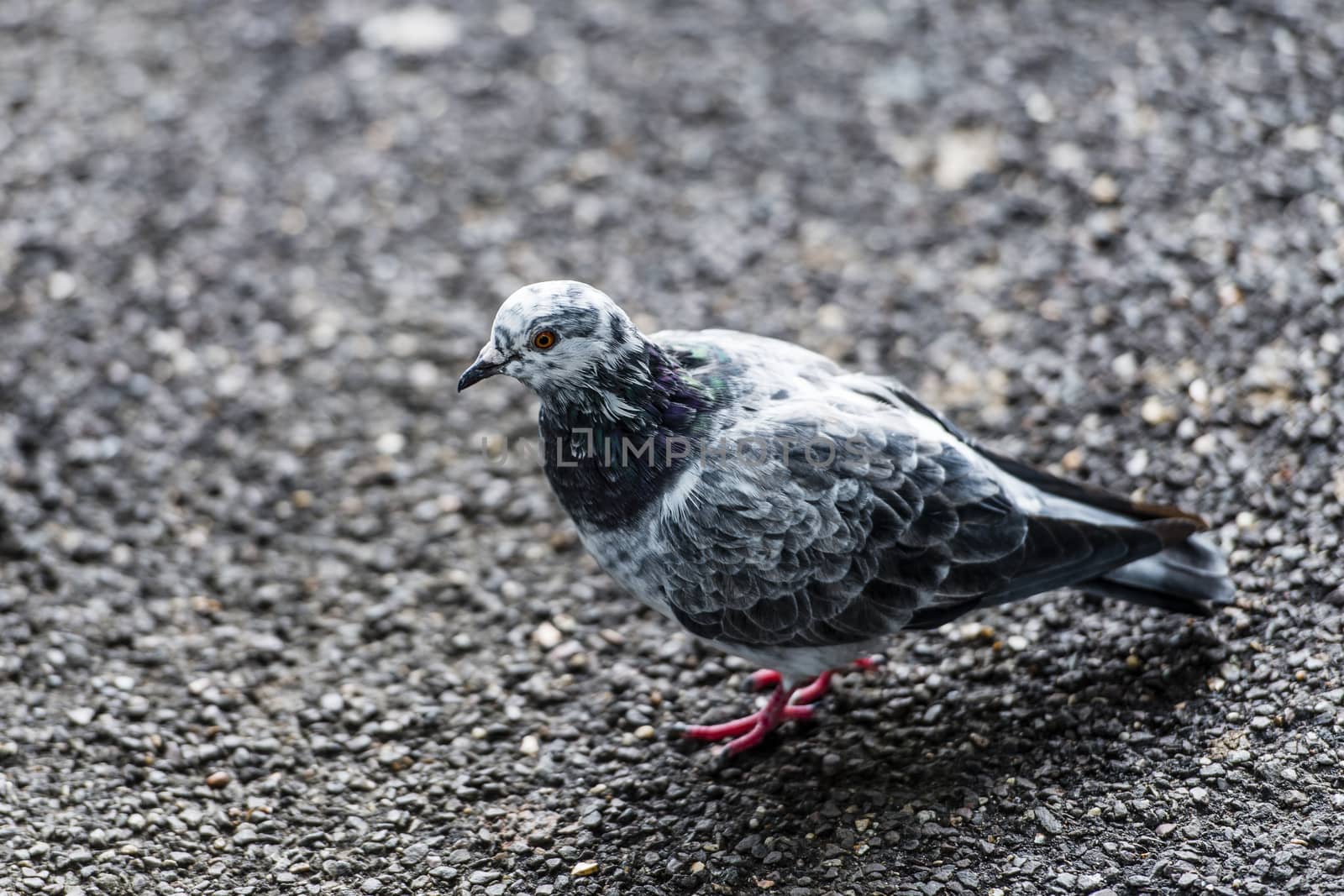
Peaceful pigeon
Stock PhotoUsername
MohanaAntonMerylResolution
6517x4345pxPeaceful pigeon

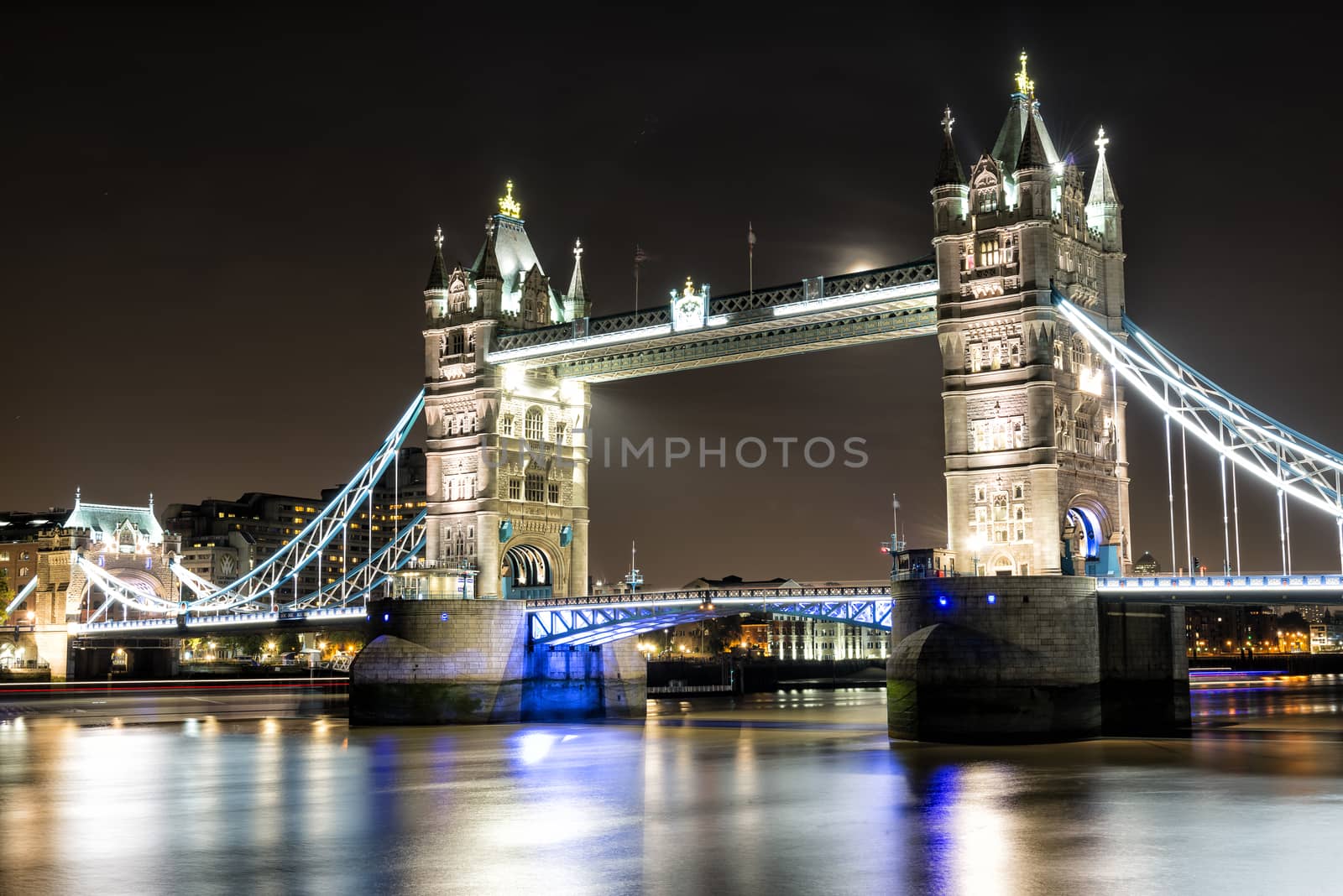
London Tower Bridge across the River Thames
Stock PhotoUsername
MohanaAntonMerylResolution
7360x4912pxLondon Tower Bridge across the River Thames

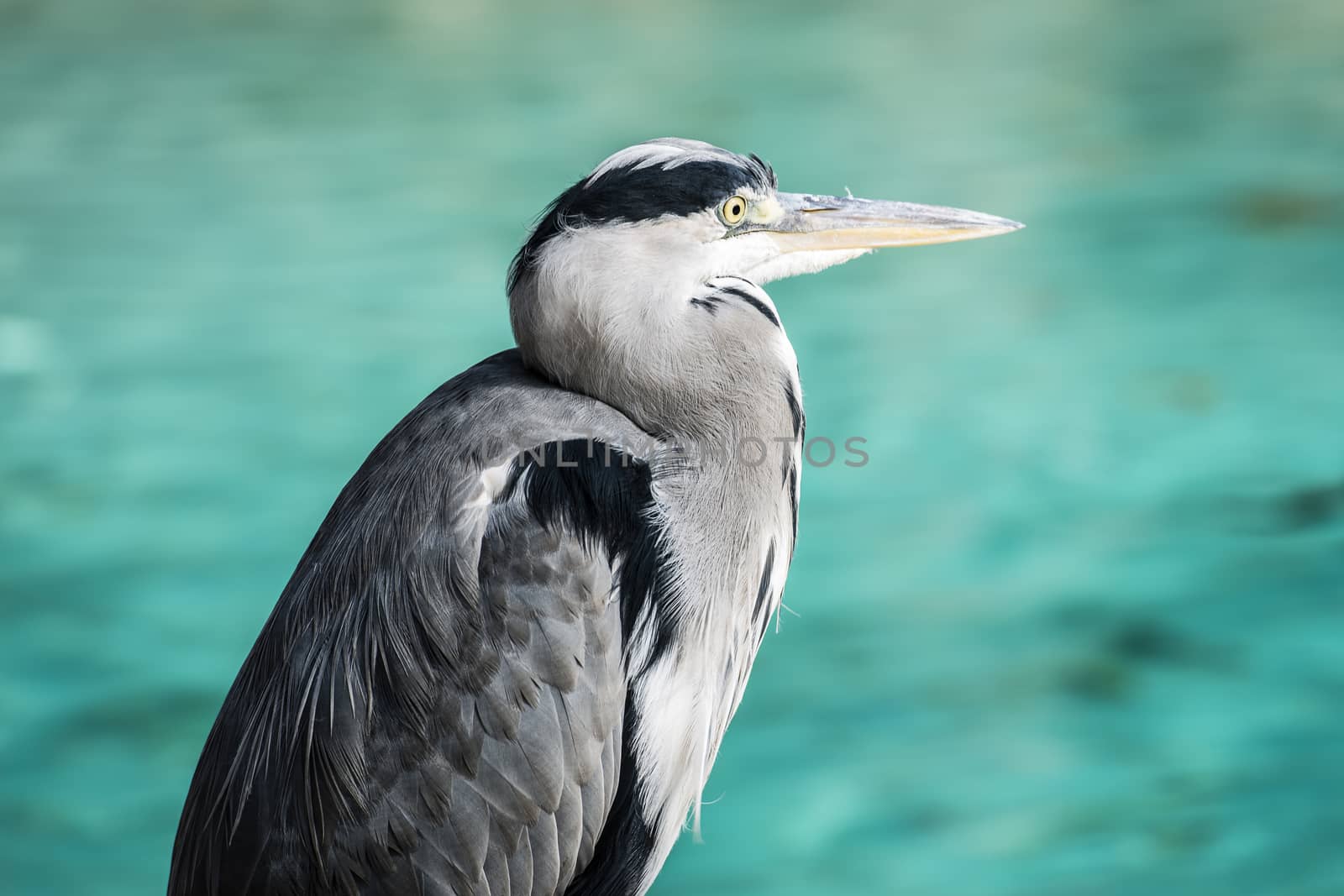
Heron waiting for a fish in the lake
Stock PhotoUsername
MohanaAntonMerylResolution
6659x4439pxHeron waiting for a fish in the lake

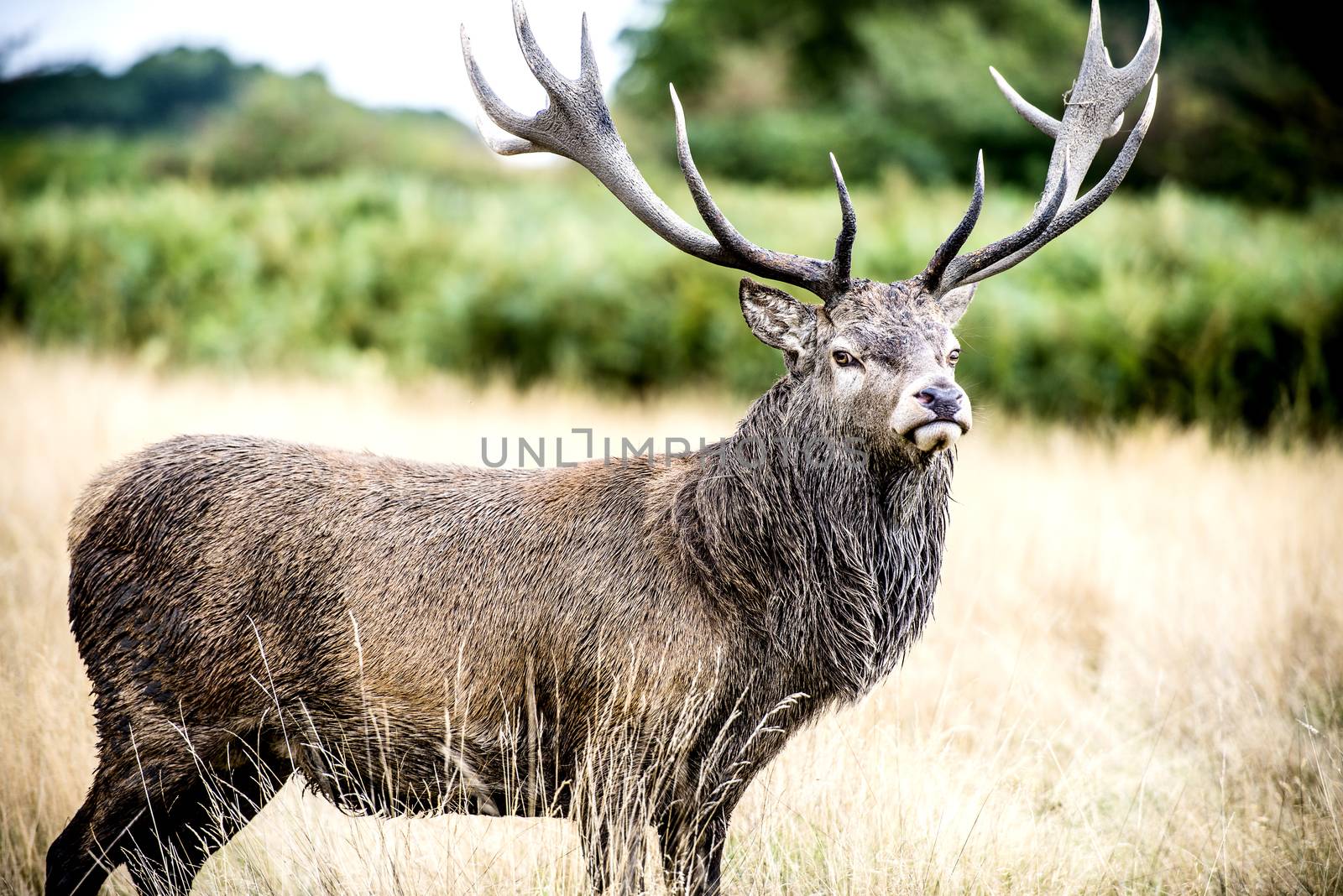
Stag or Hart, the male red deer
Stock PhotoUsername
MohanaAntonMerylResolution
7360x4912pxStag or Hart, the male red deer

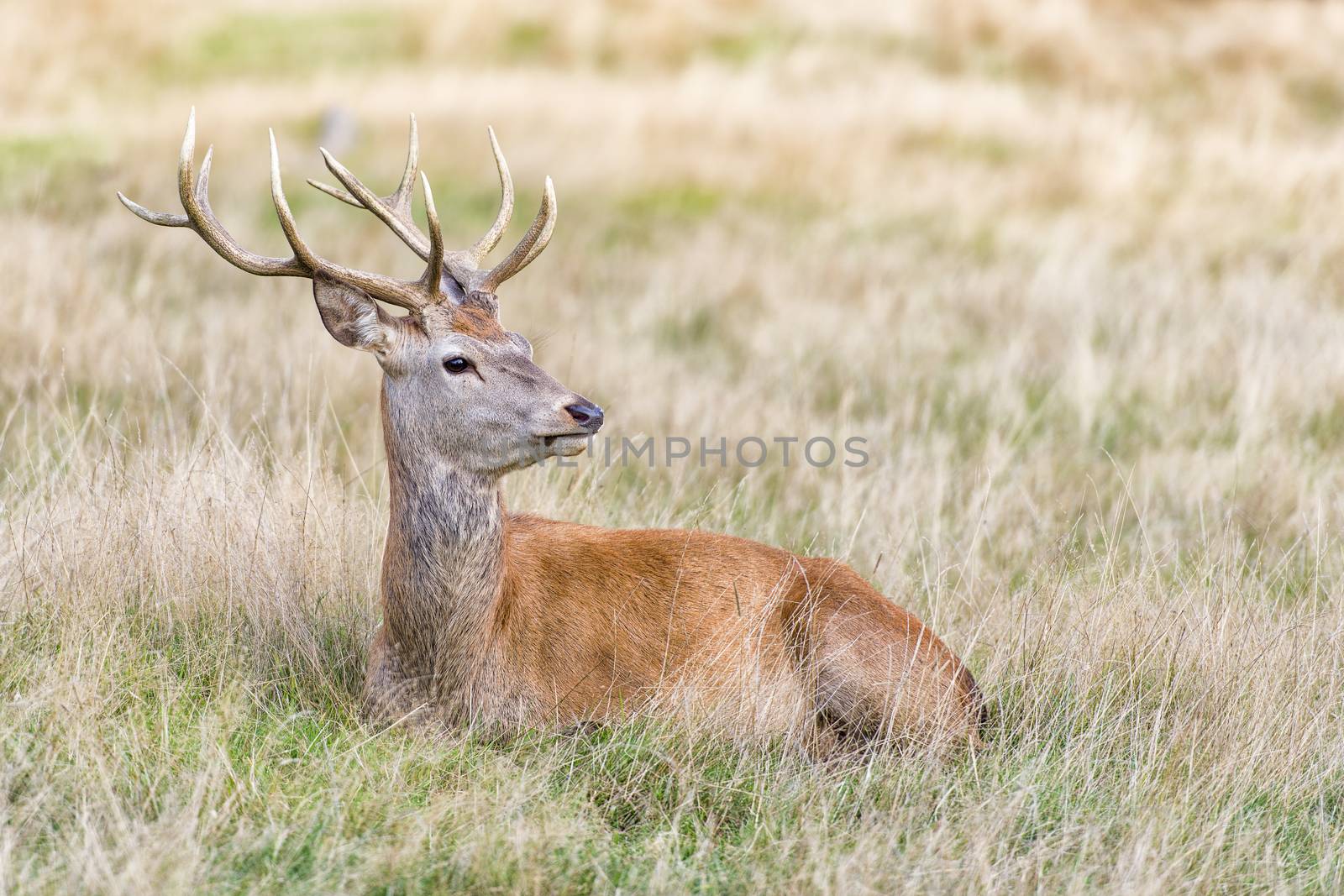
Stag or Hart, the male red deer
Stock PhotoUsername
MohanaAntonMerylResolution
6247x4165pxStag or Hart, the male red deer


Duck swimming in the lake
Stock PhotoUsername
MohanaAntonMerylResolution
7360x4912pxDuck swimming in the lake
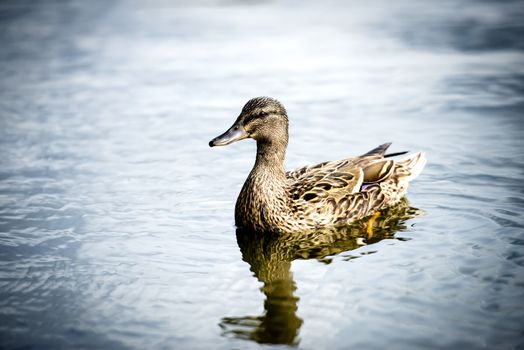
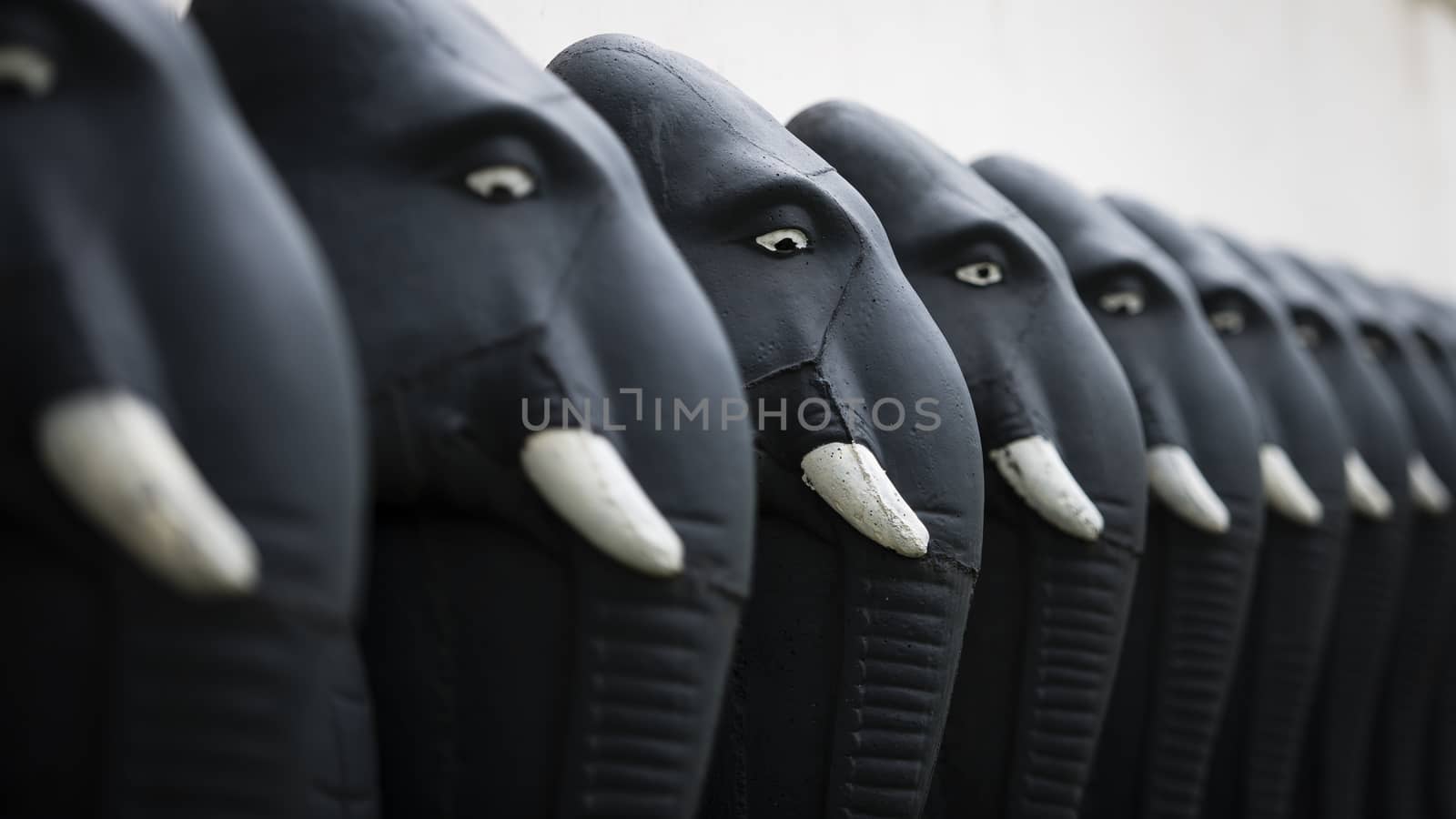
Row of frontline elephants sculptures at the temple.
Stock PhotoUsername
MohanaAntonMerylResolution
6226x3502pxRow of frontline elephants sculptures at the temple.

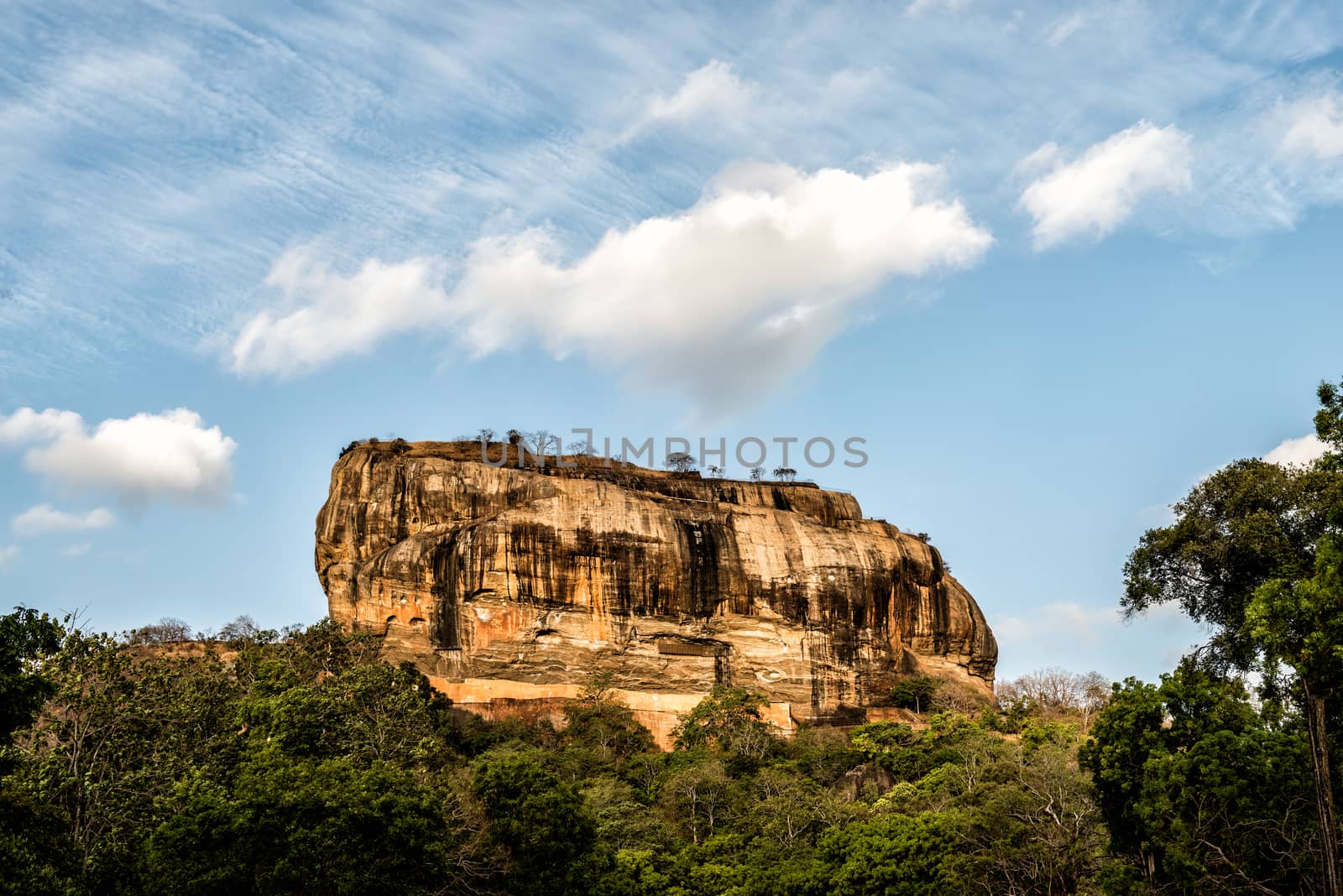
Sigiriya is the lion rock and the fortress in sky
Stock PhotoUsername
MohanaAntonMerylResolution
7352x4909pxSigiriya is the lion rock and the fortress in sky

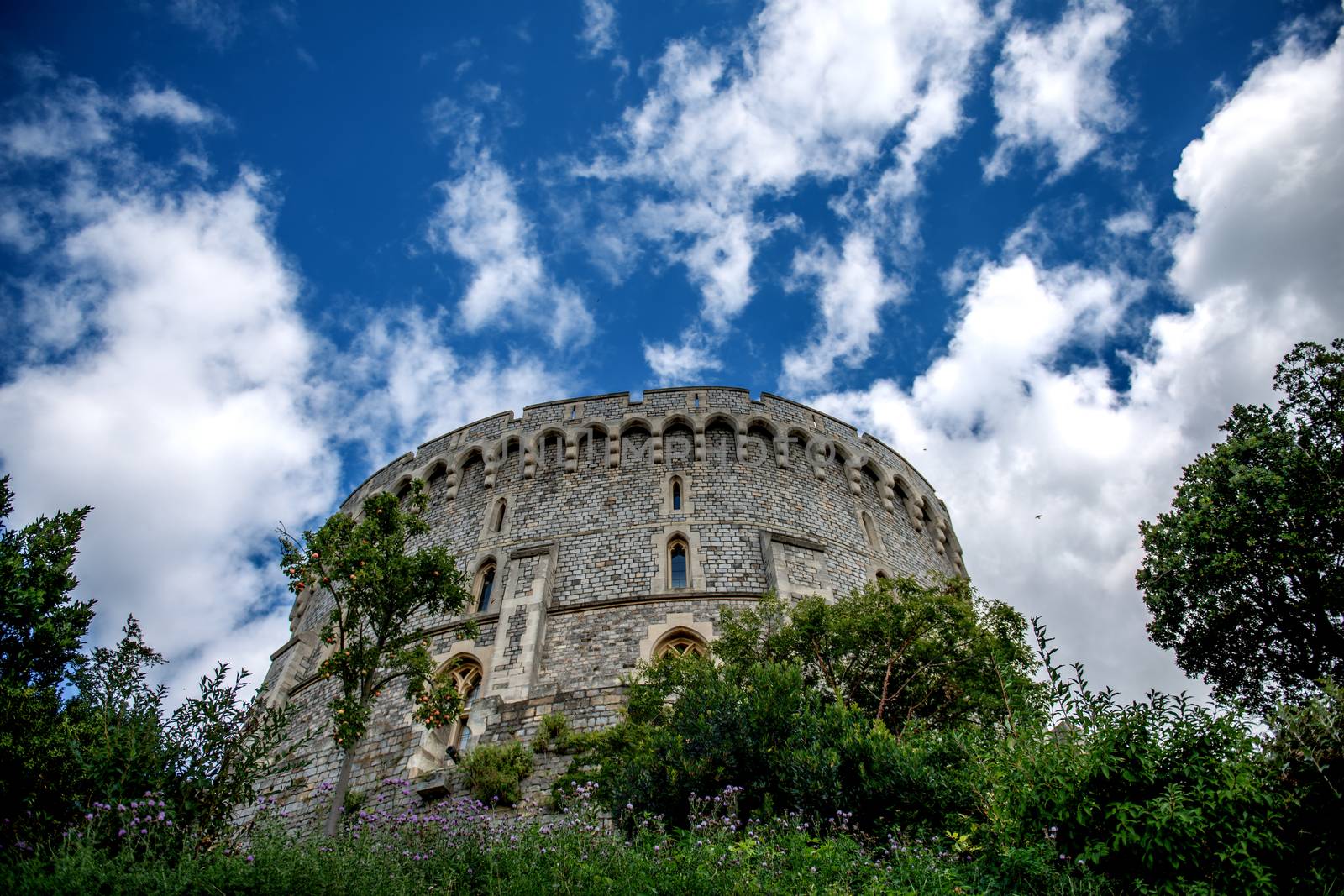
The round tower at Windsor castle in Berkshire
Stock PhotoUsername
MohanaAntonMerylResolution
7355x4907pxThe round tower at Windsor castle in Berkshire


Big Ben at the Palace of Westminster in London
Stock PhotoUsername
MohanaAntonMerylResolution
7360x4912pxBig Ben at the Palace of Westminster in London
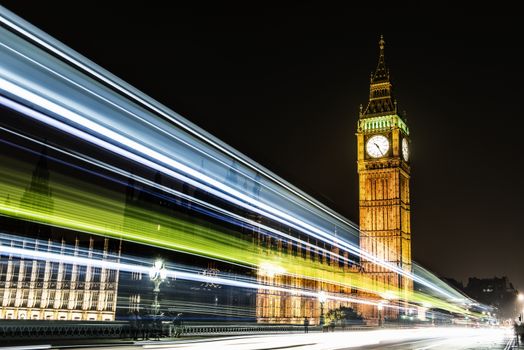
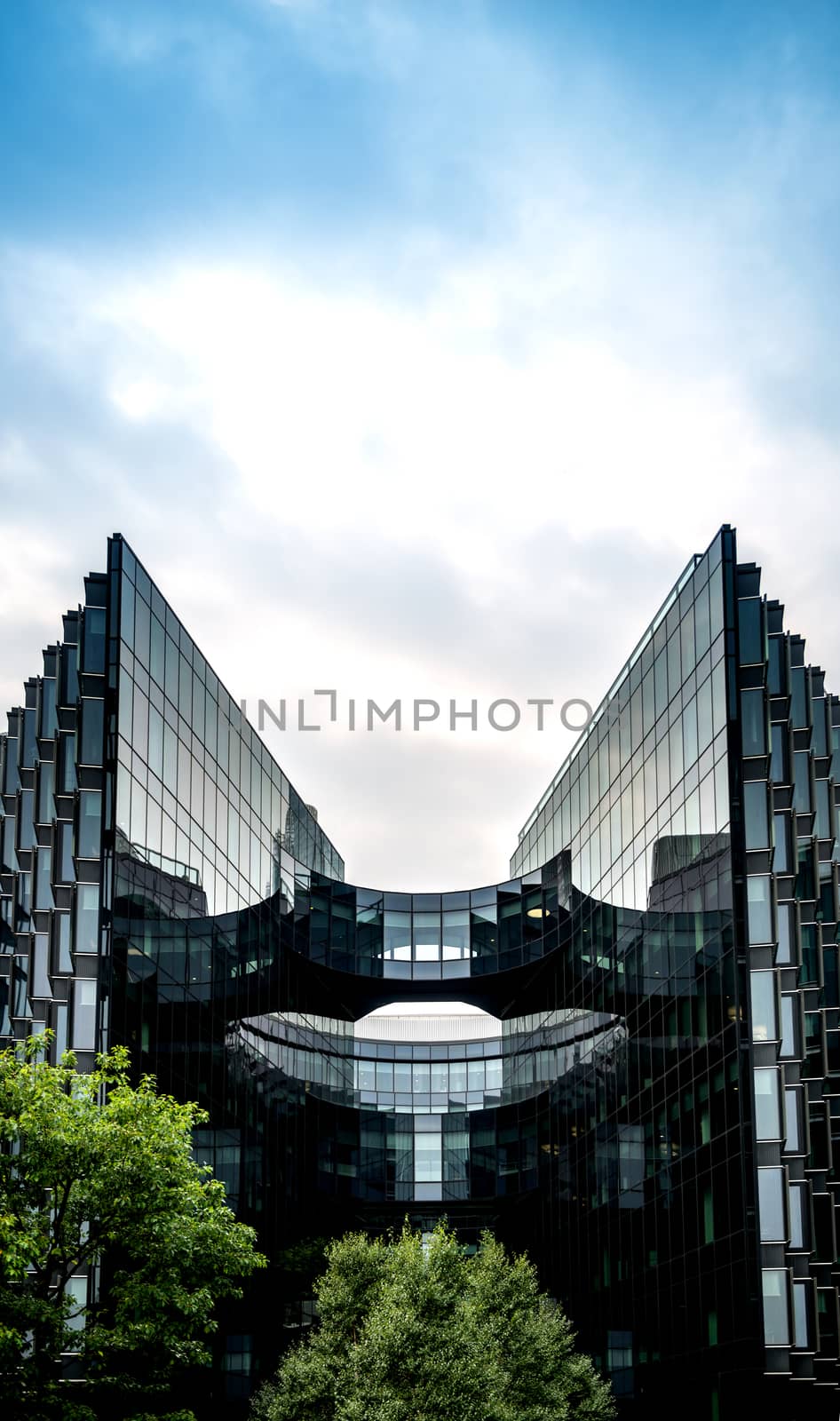
Corporate skyscraper building in London
Stock PhotoUsername
MohanaAntonMerylResolution
4128x6981pxCorporate skyscraper building in London

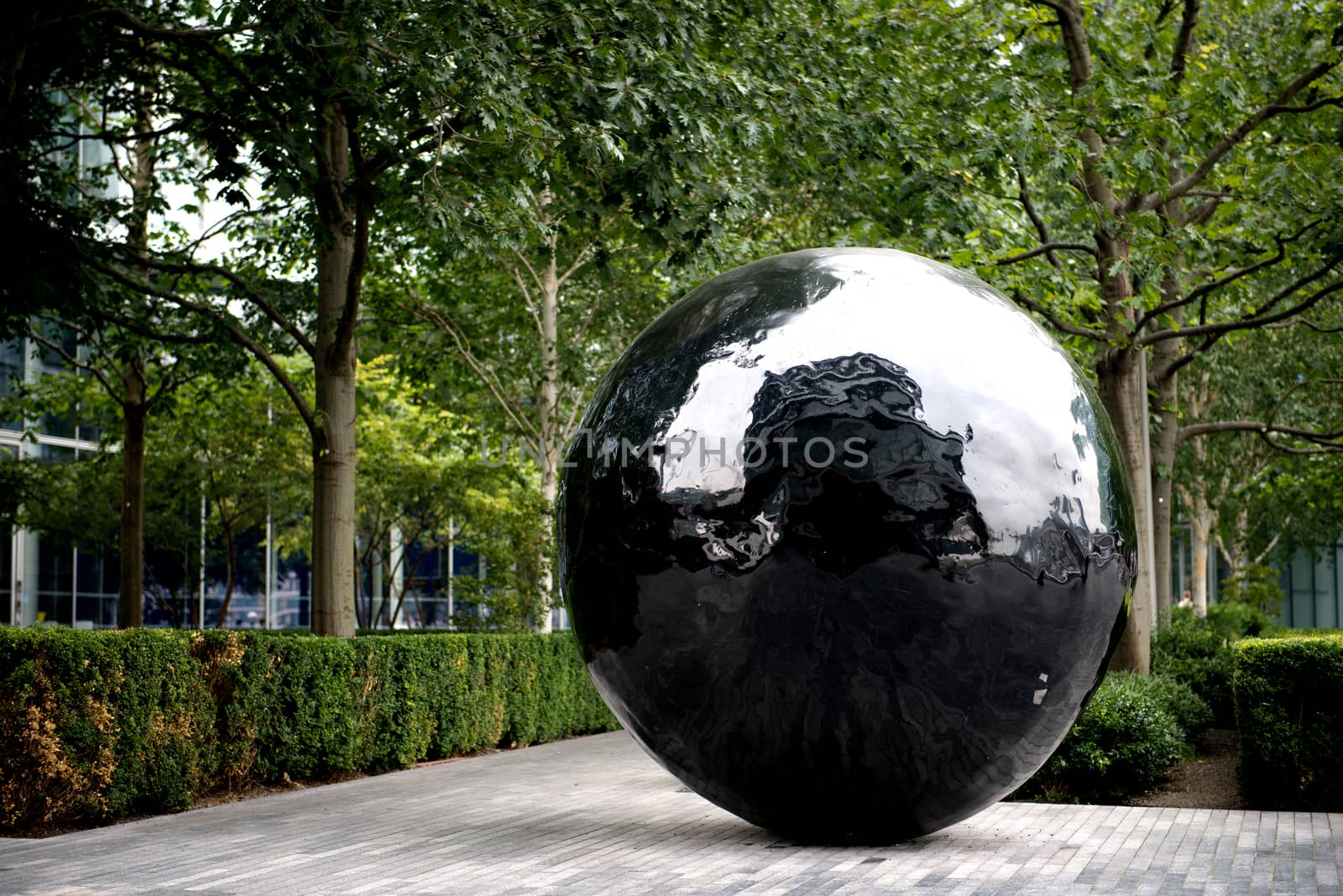
Big black sphere sculpture on the bank of River Thames
Stock PhotoUsername
MohanaAntonMerylResolution
7354x4909pxBig black sphere sculpture on the bank of River Thames

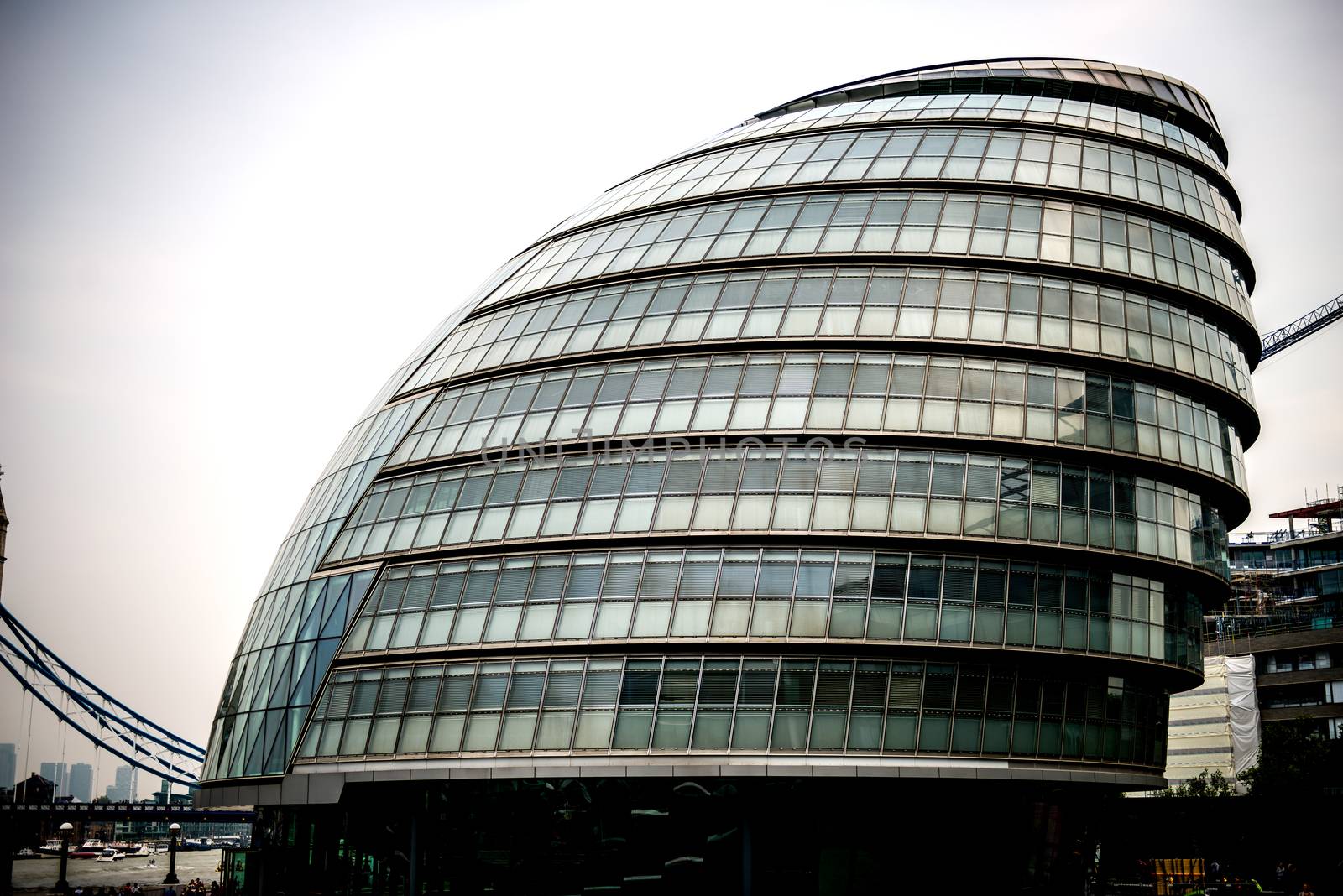
Headquarters of Greater London Authority known as City Hall
Stock PhotoUsername
MohanaAntonMerylResolution
7359x4910pxHeadquarters of Greater London Authority known as City Hall

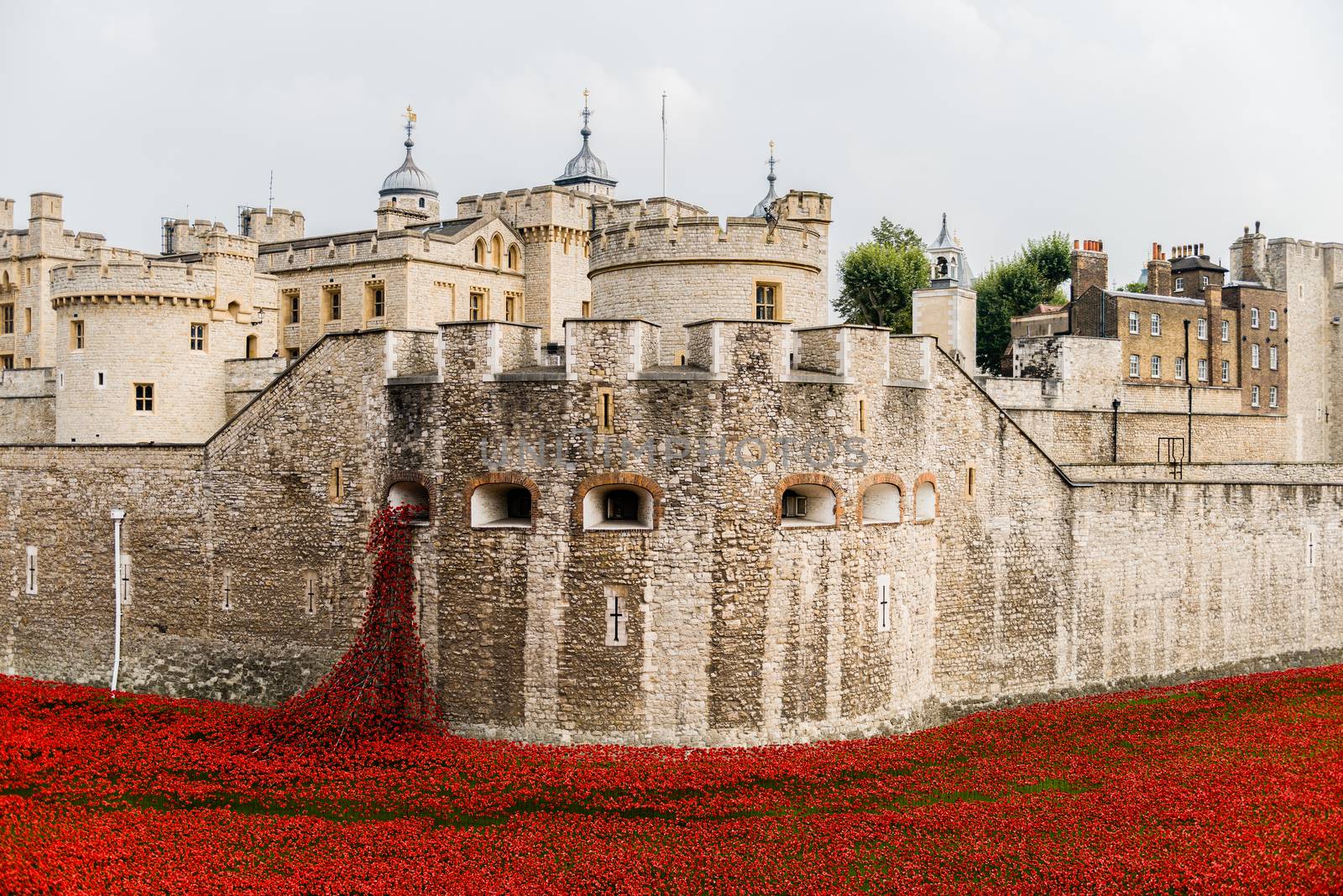
Red poppies in the moat of the Tower of London
Stock PhotoUsername
MohanaAntonMerylResolution
7355x4908pxRed poppies in the moat of the Tower of London

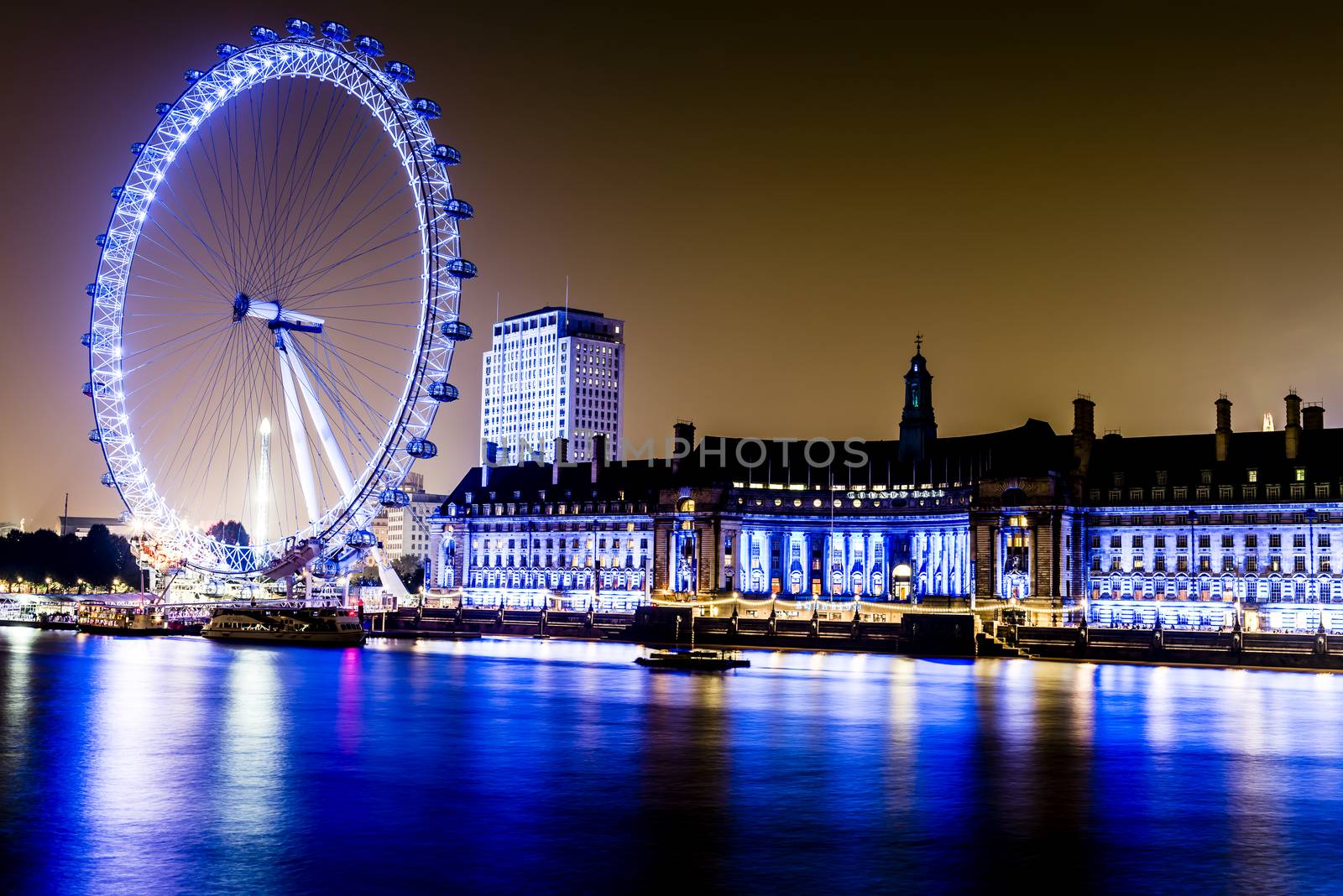
London at night along the River Thames
Editorial LicenseUsername
MohanaAntonMerylResolution
7360x4912pxLondon at night along the River Thames

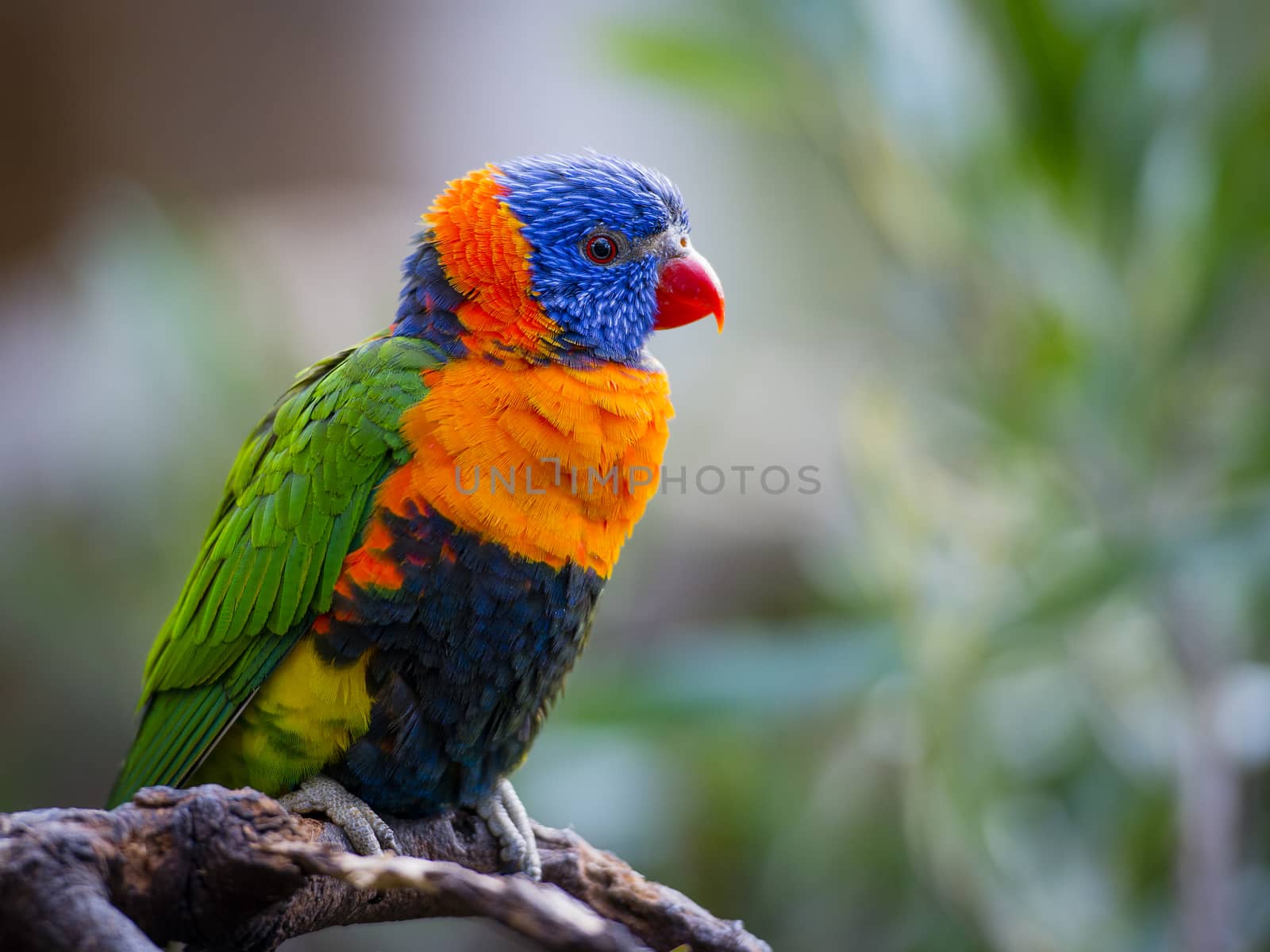
Bright Rainbow Lorikeet parrot
Stock PhotoUsername
MohanaAntonMerylResolution
4348x3261pxBright Rainbow Lorikeet parrot


Meerkat guarding the territory
Stock PhotoUsername
MohanaAntonMerylResolution
3695x6568pxMeerkat guarding the territory
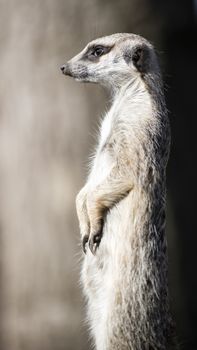
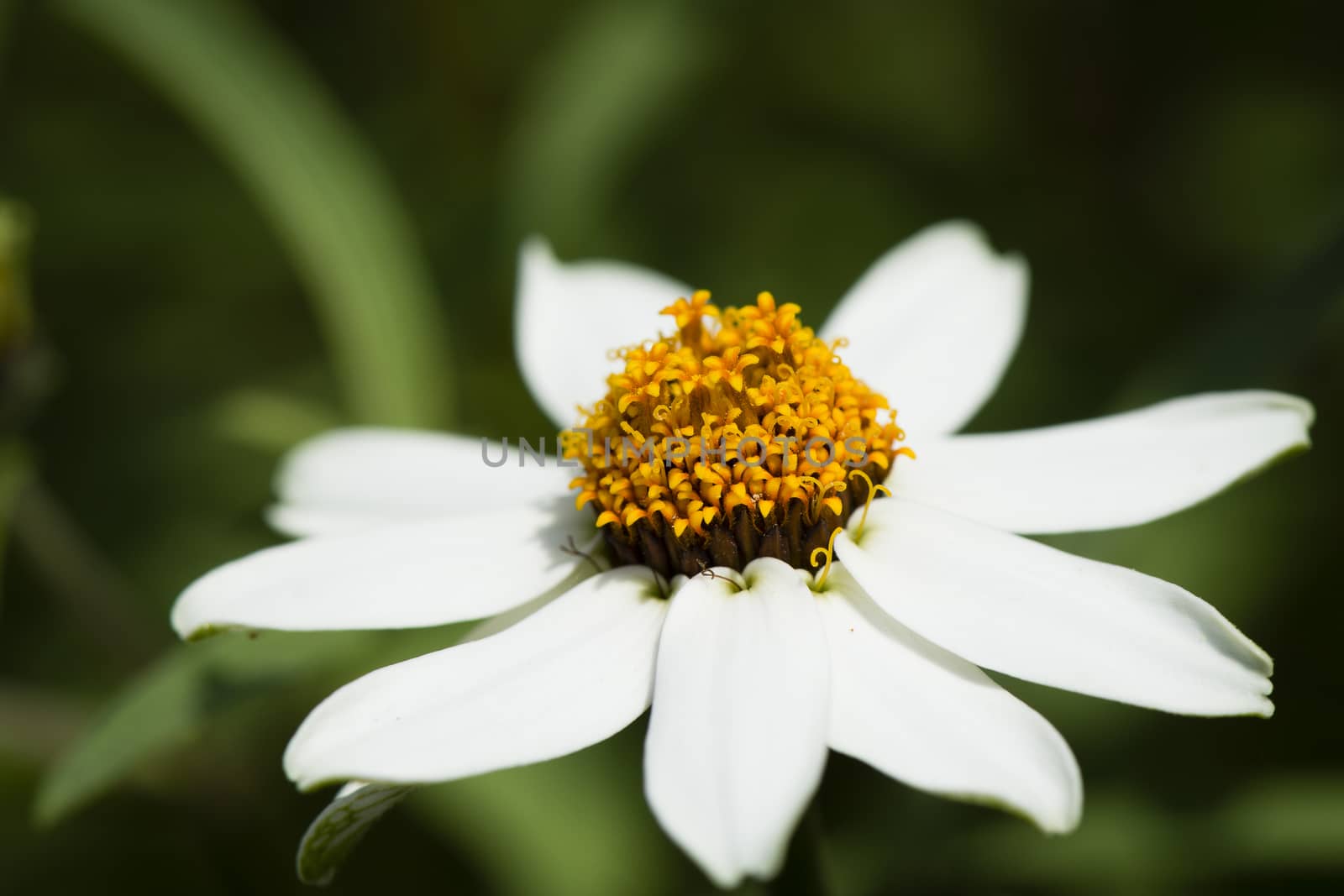
White daisy flower on a spring meadow
Stock PhotoUsername
MohanaAntonMerylResolution
5342x3561pxWhite daisy flower on a spring meadow

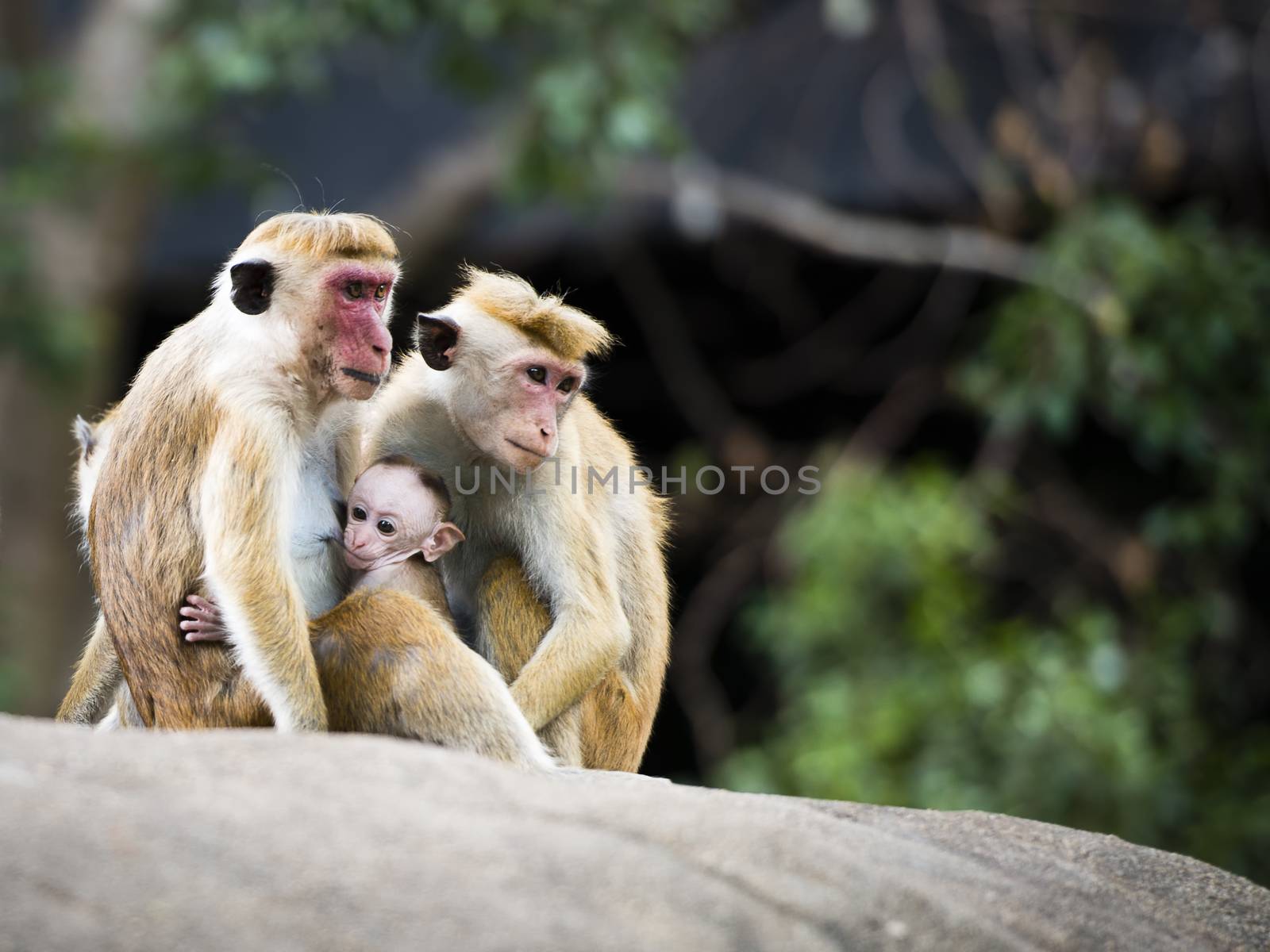
Family of red-faced Macaque monkeys in the forest
Stock PhotoUsername
MohanaAntonMerylResolution
3844x2883pxFamily of red-faced Macaque monkeys in the forest

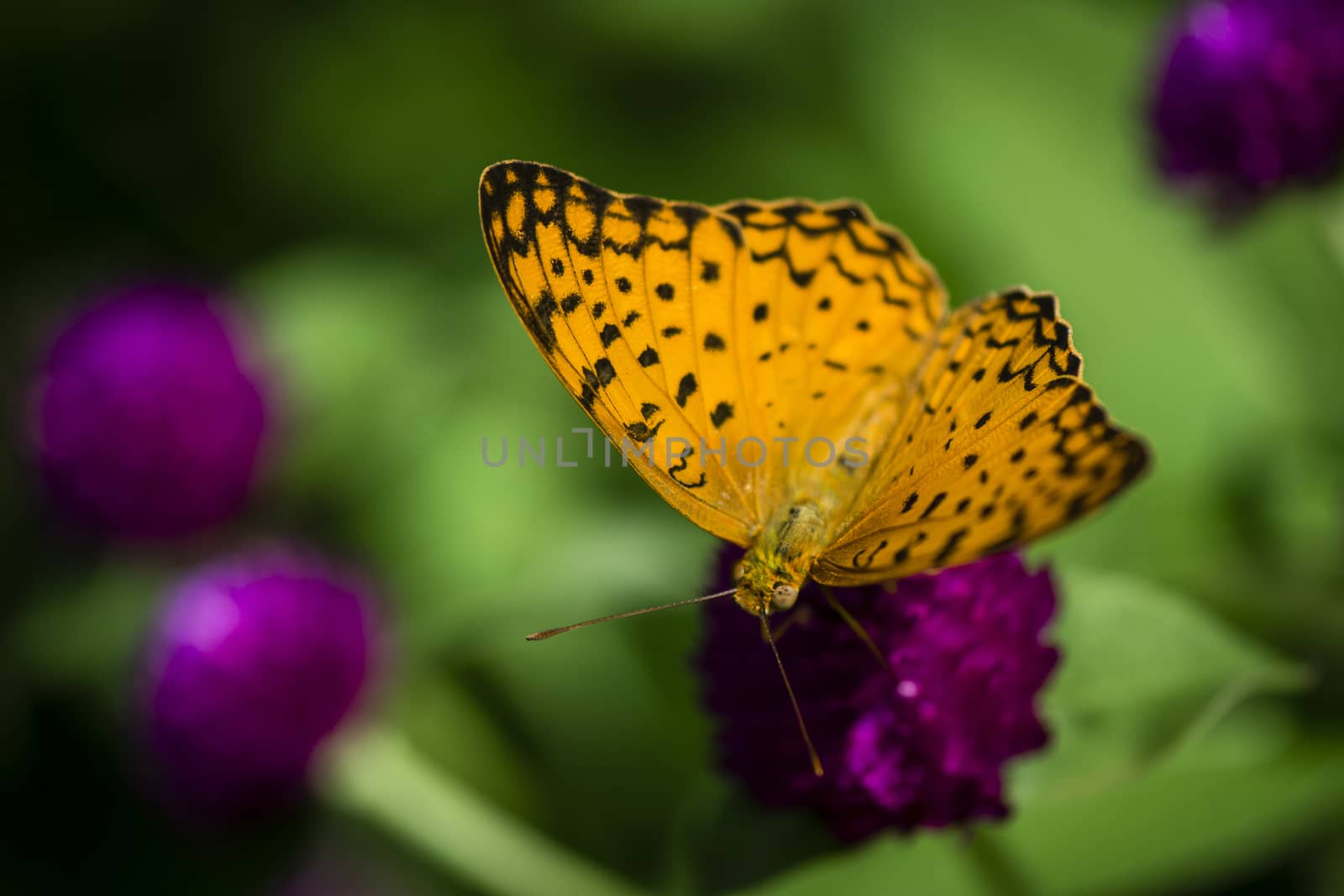
Beautiful orange butterfly in the garden
Stock PhotoUsername
MohanaAntonMerylResolution
4642x3095pxBeautiful orange butterfly in the garden

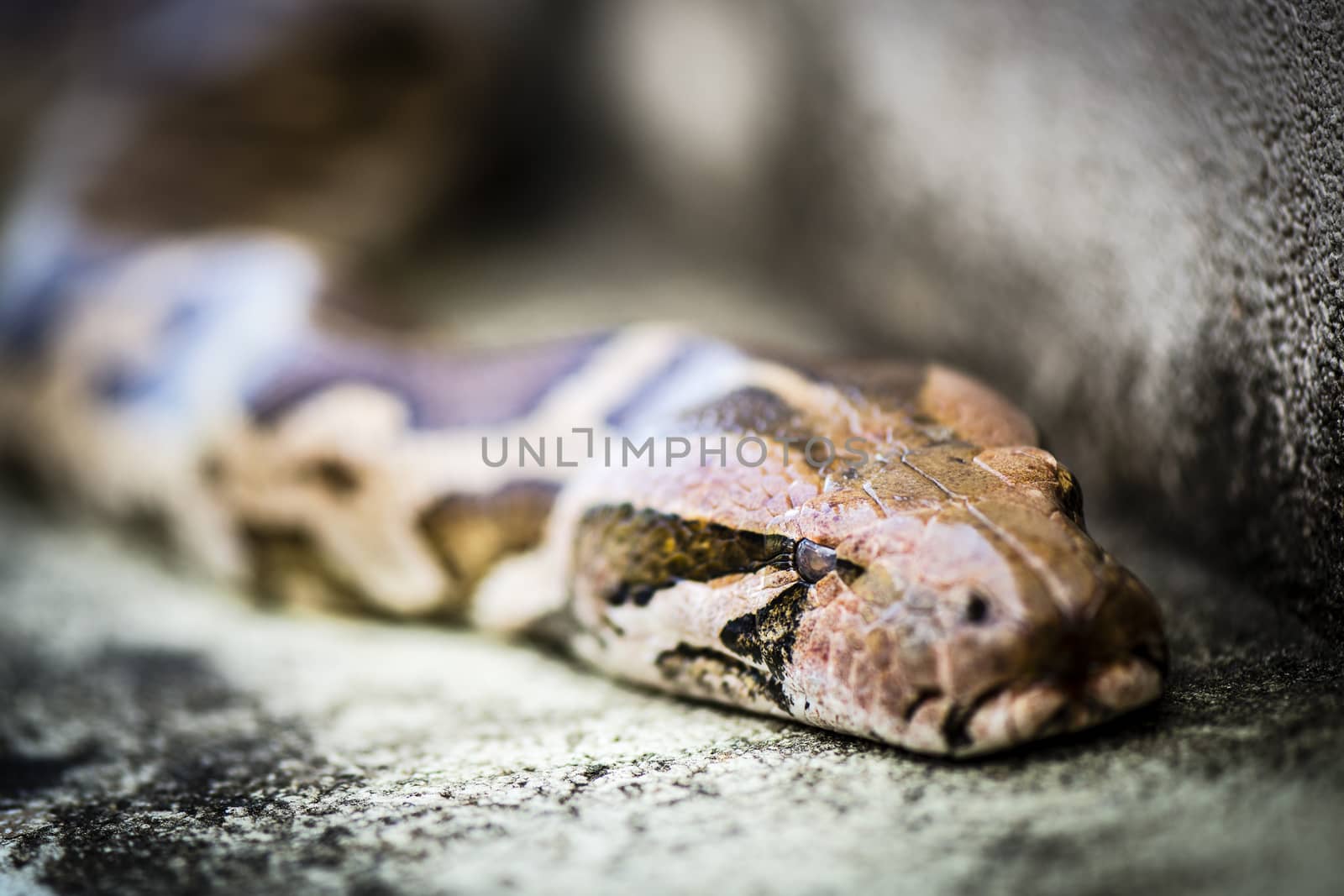
Python snake is just a the sneaking serpent
Stock PhotoUsername
MohanaAntonMerylResolution
5618x3745pxPython snake is just a the sneaking serpent

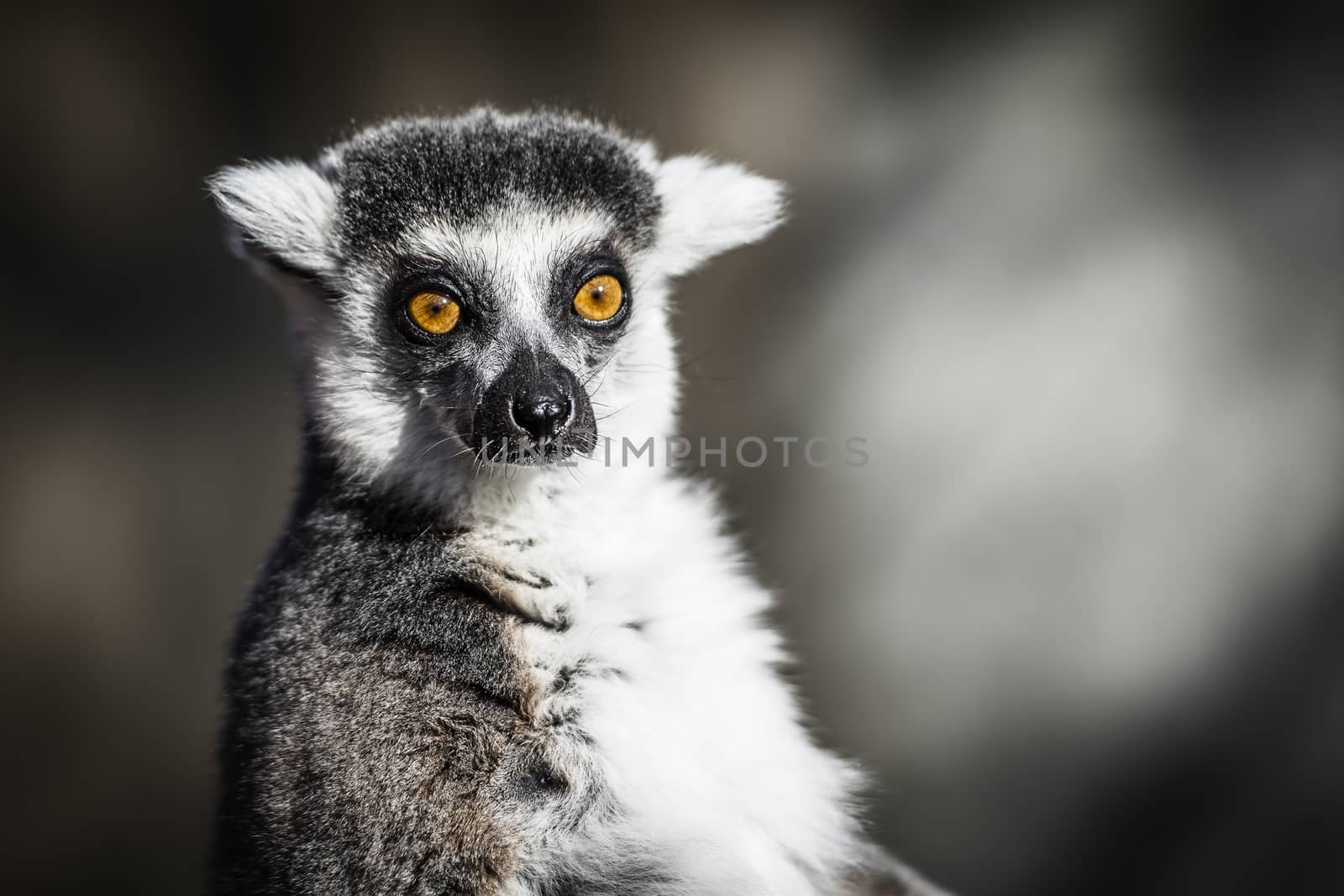
Ring-tailed Lemur of Madagascar
Stock PhotoUsername
MohanaAntonMerylResolution
5341x3561pxRing-tailed Lemur of Madagascar

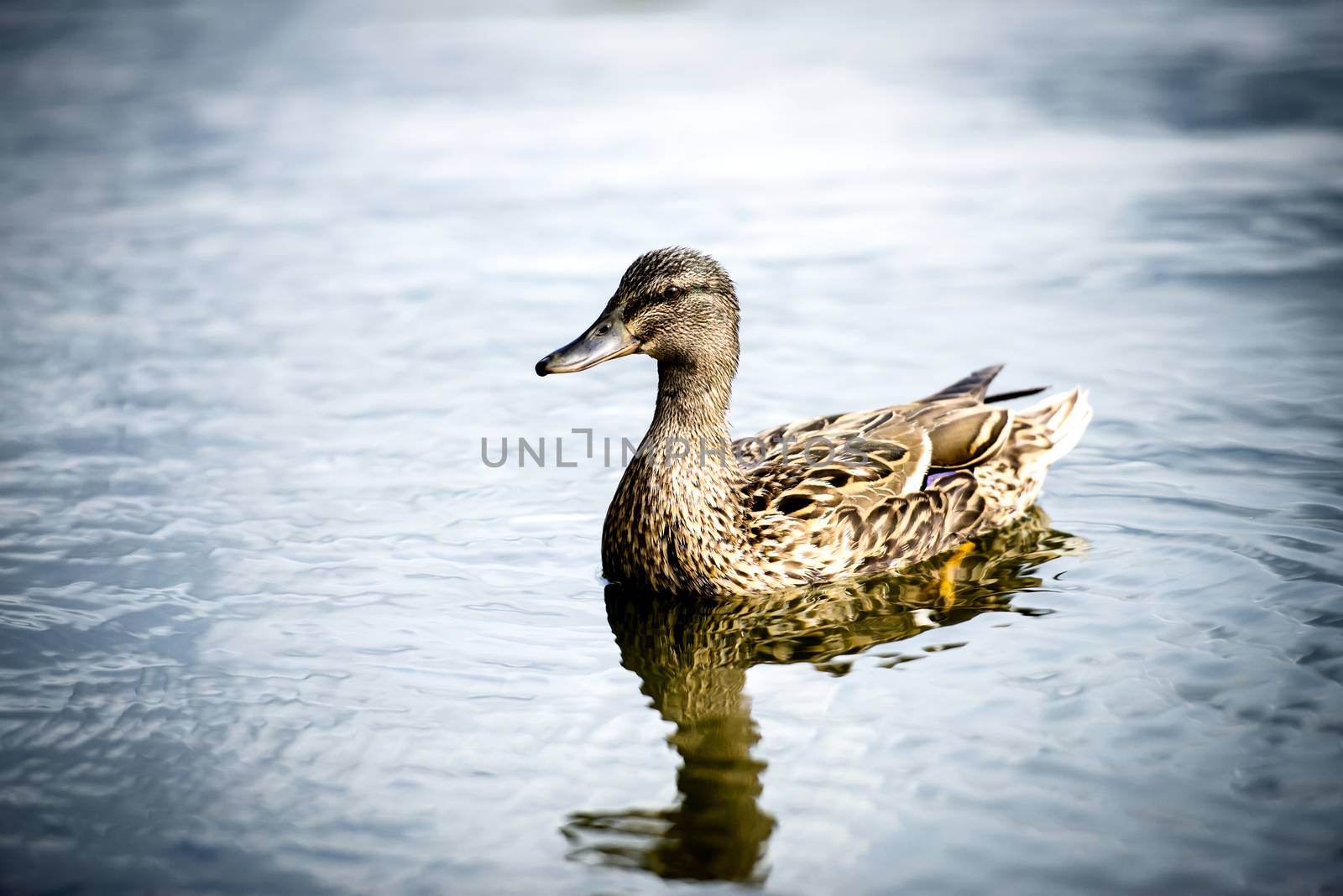
Duck swimming in the lake
Stock PhotoUsername
MohanaAntonMerylResolution
7360x4912pxDuck swimming in the lake

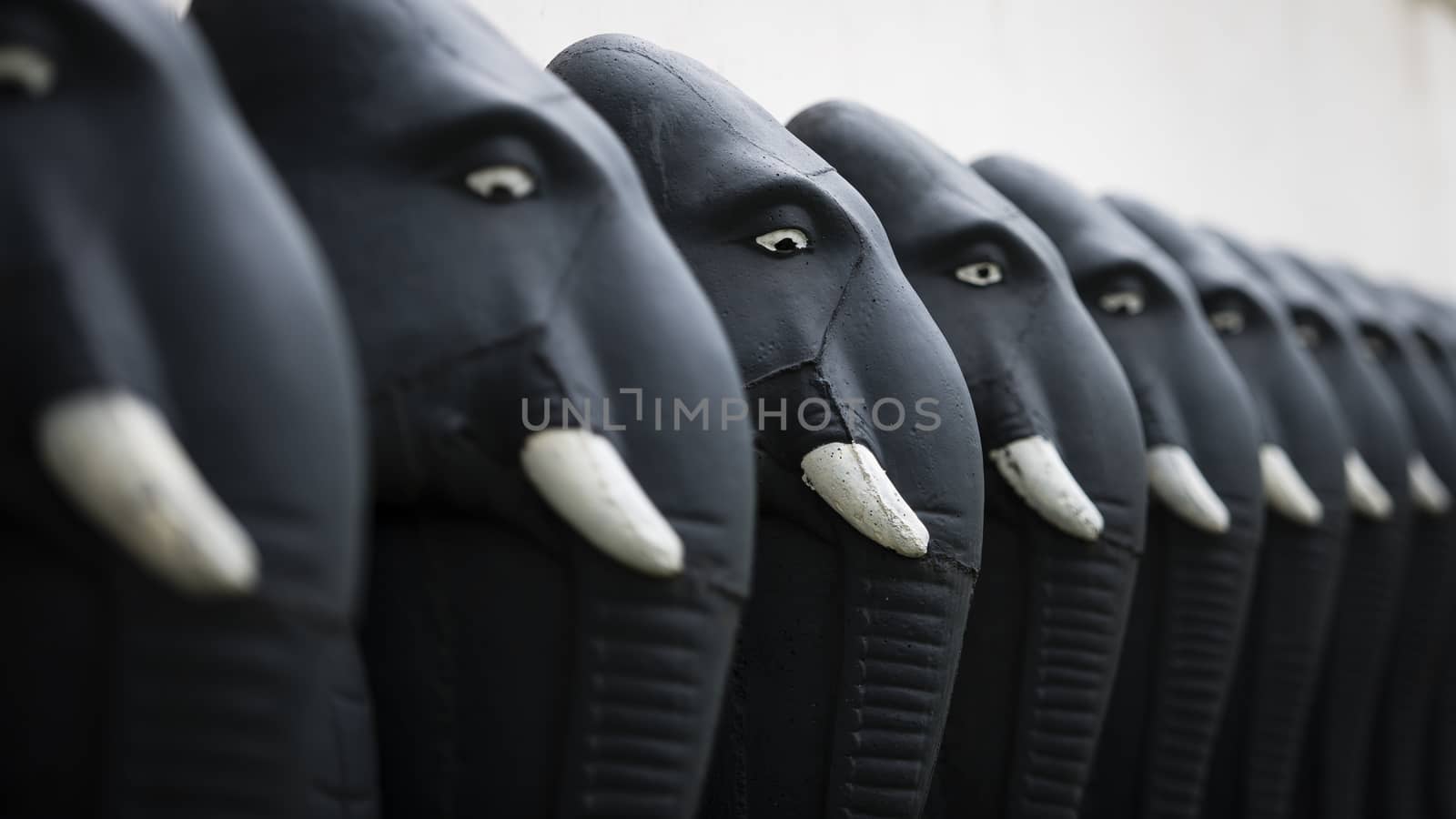
Row of frontline elephants sculptures at the temple
Stock PhotoUsername
MohanaAntonMerylResolution
6226x3502pxRow of frontline elephants sculptures at the temple

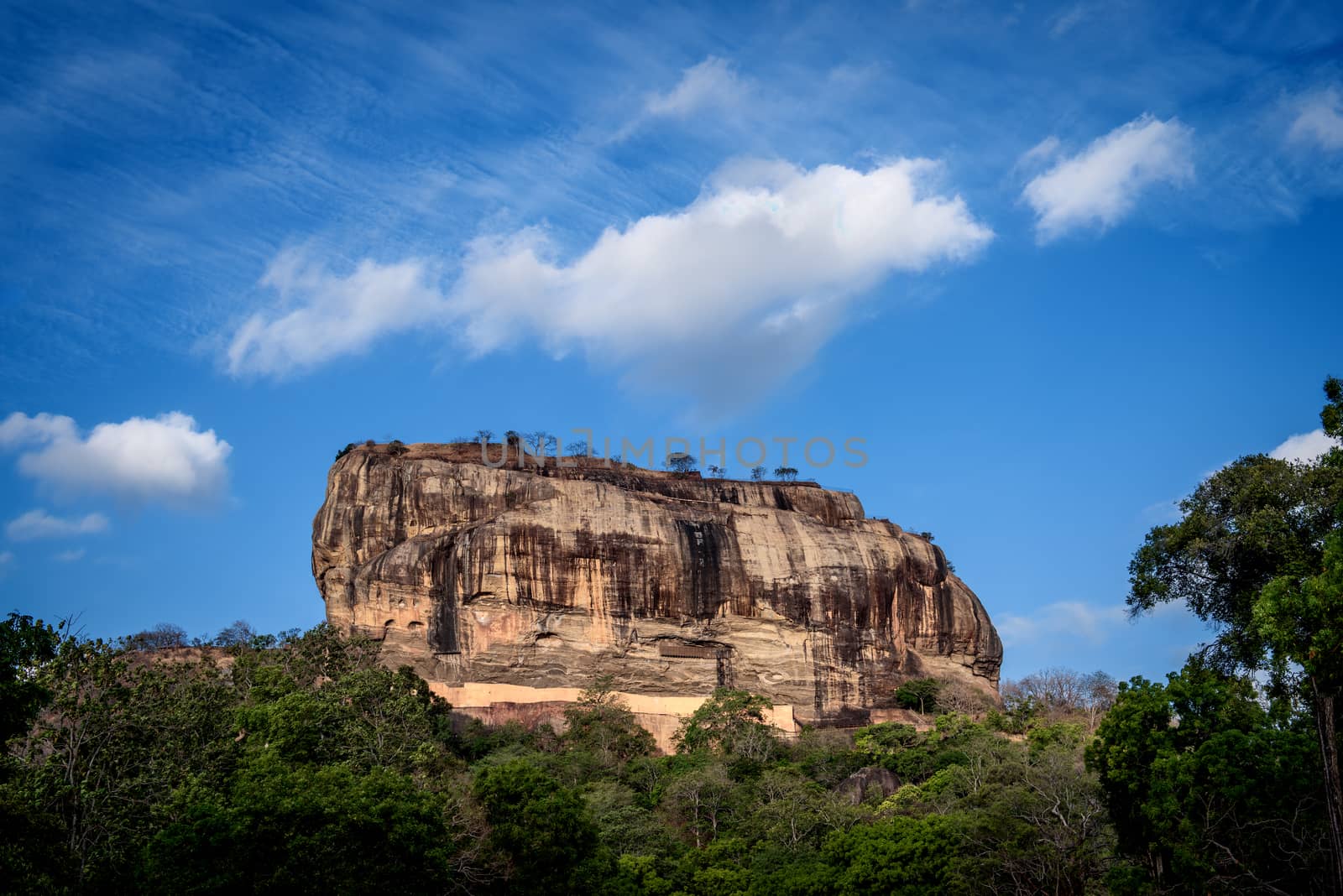
Sigiriya, the lion rock and the fortress in the sky
Stock PhotoUsername
MohanaAntonMerylResolution
7353x4910pxSigiriya, the lion rock and the fortress in the sky

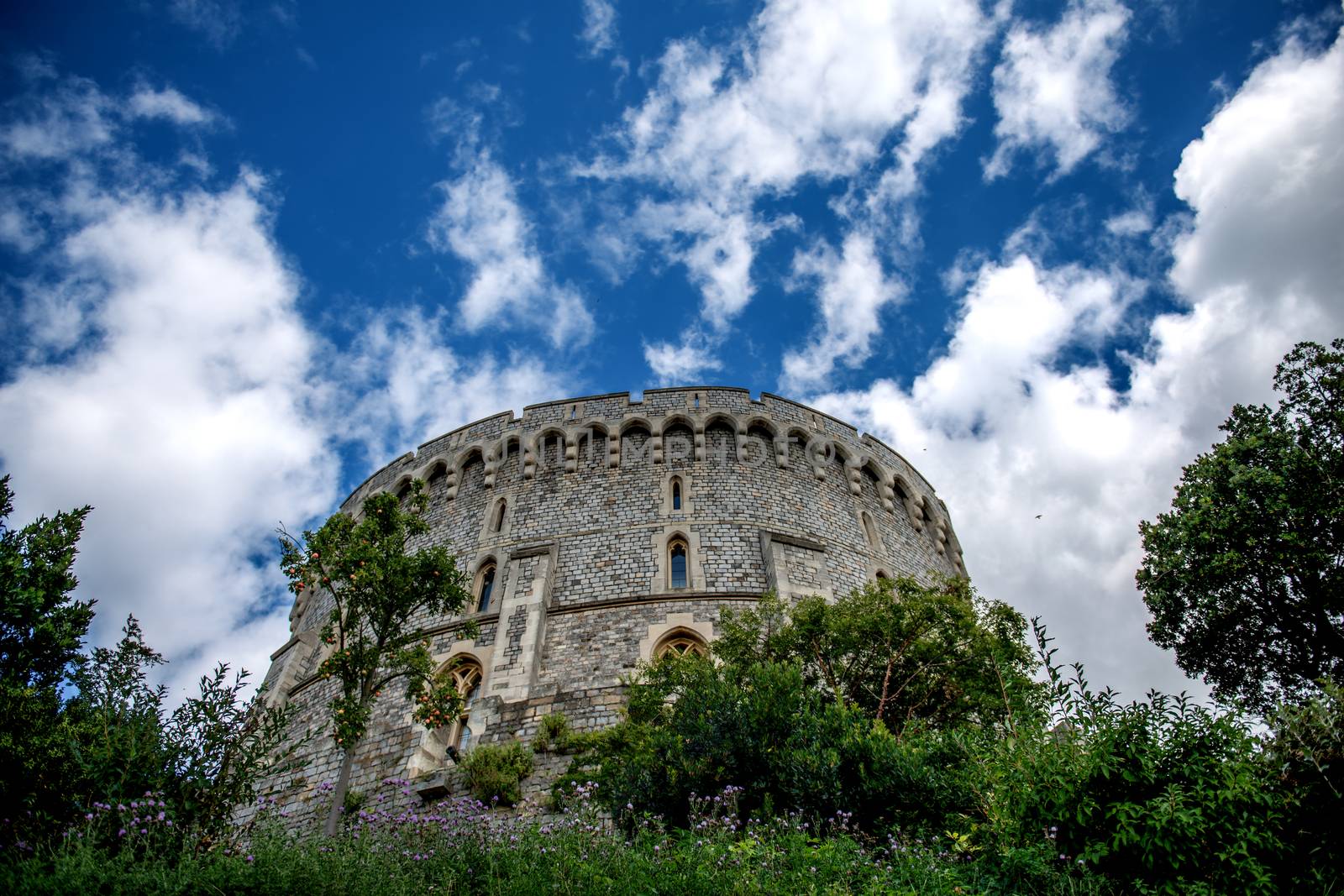
The round tower at Windsor castle in Berkshire
Stock PhotoUsername
MohanaAntonMerylResolution
7355x4907pxThe round tower at Windsor castle in Berkshire


Big Ben at the north end of the Palace of Westminster in London
Stock PhotoUsername
MohanaAntonMerylResolution
7360x4912pxBig Ben at the north end of the Palace of Westminster in London
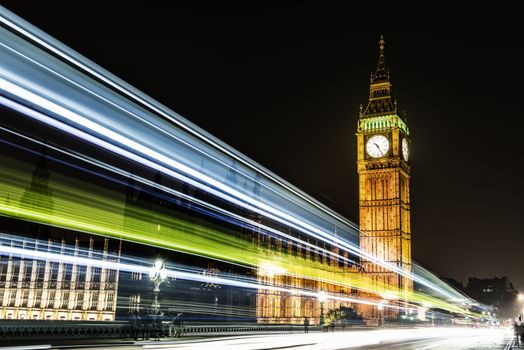
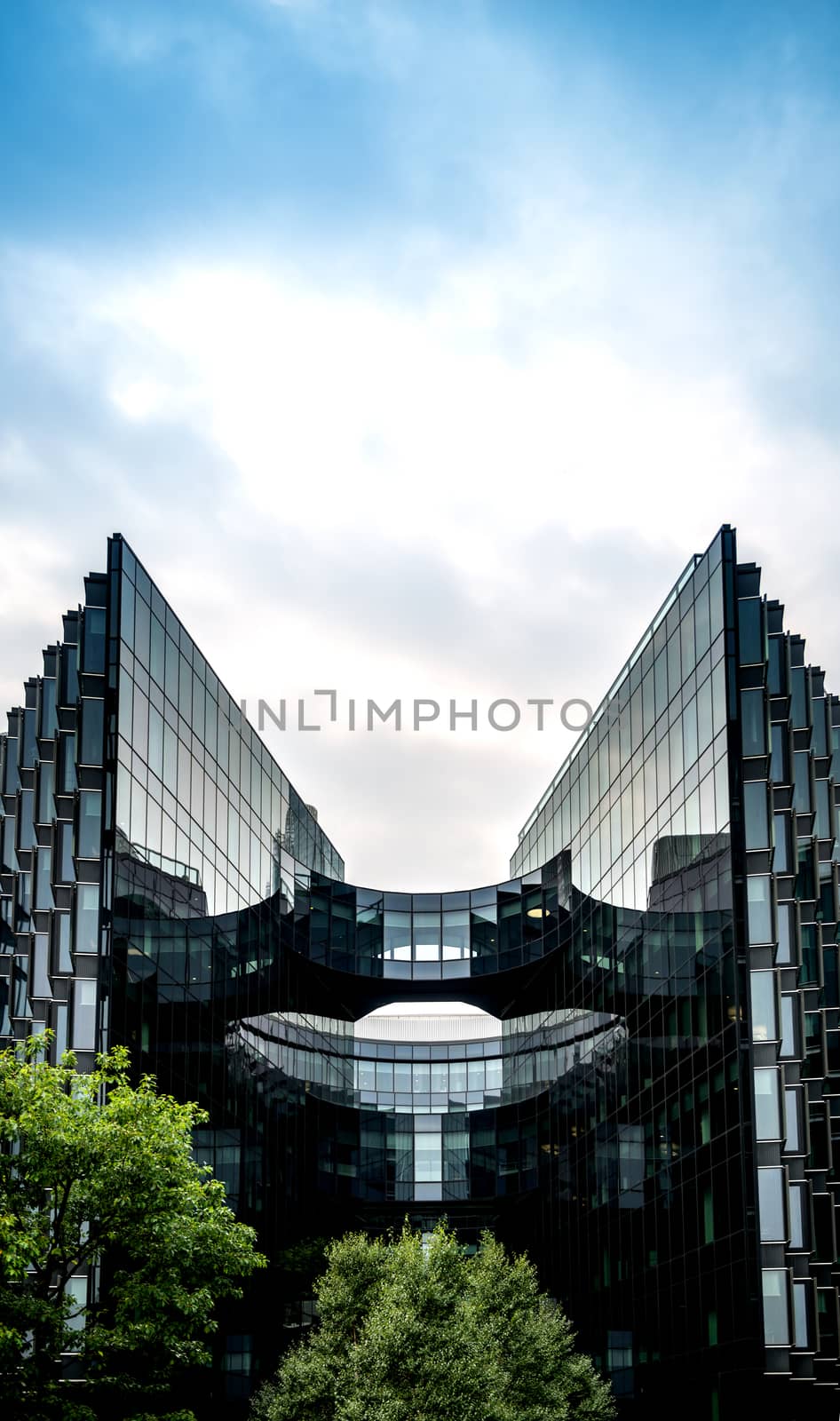
Corporate skyscraper building in London
Stock PhotoUsername
MohanaAntonMerylResolution
4128x6981pxCorporate skyscraper building in London

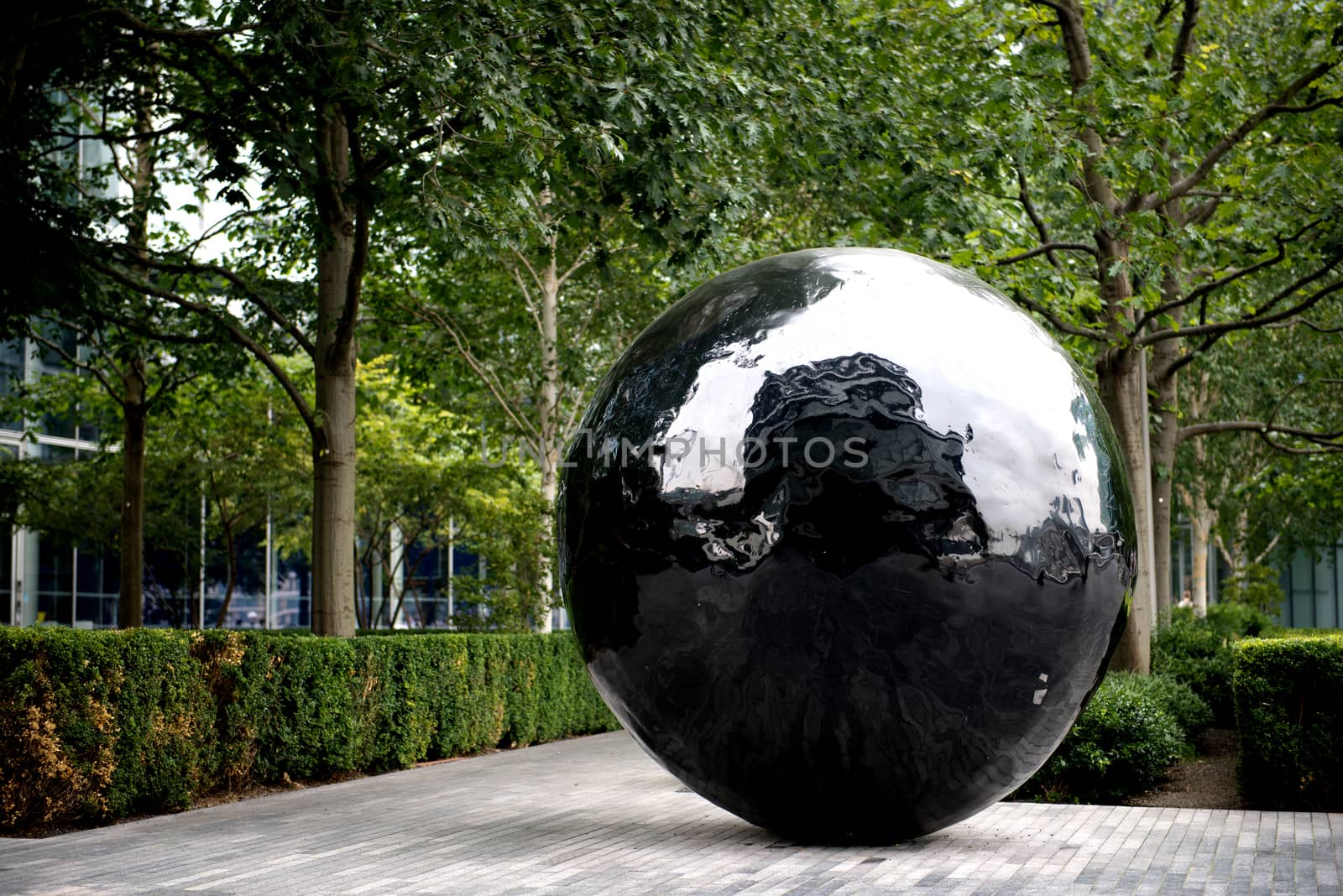
The big black sphere sculpture on the bank of River Thames
Stock PhotoUsername
MohanaAntonMerylResolution
7354x4909pxThe big black sphere sculpture on the bank of River Thames

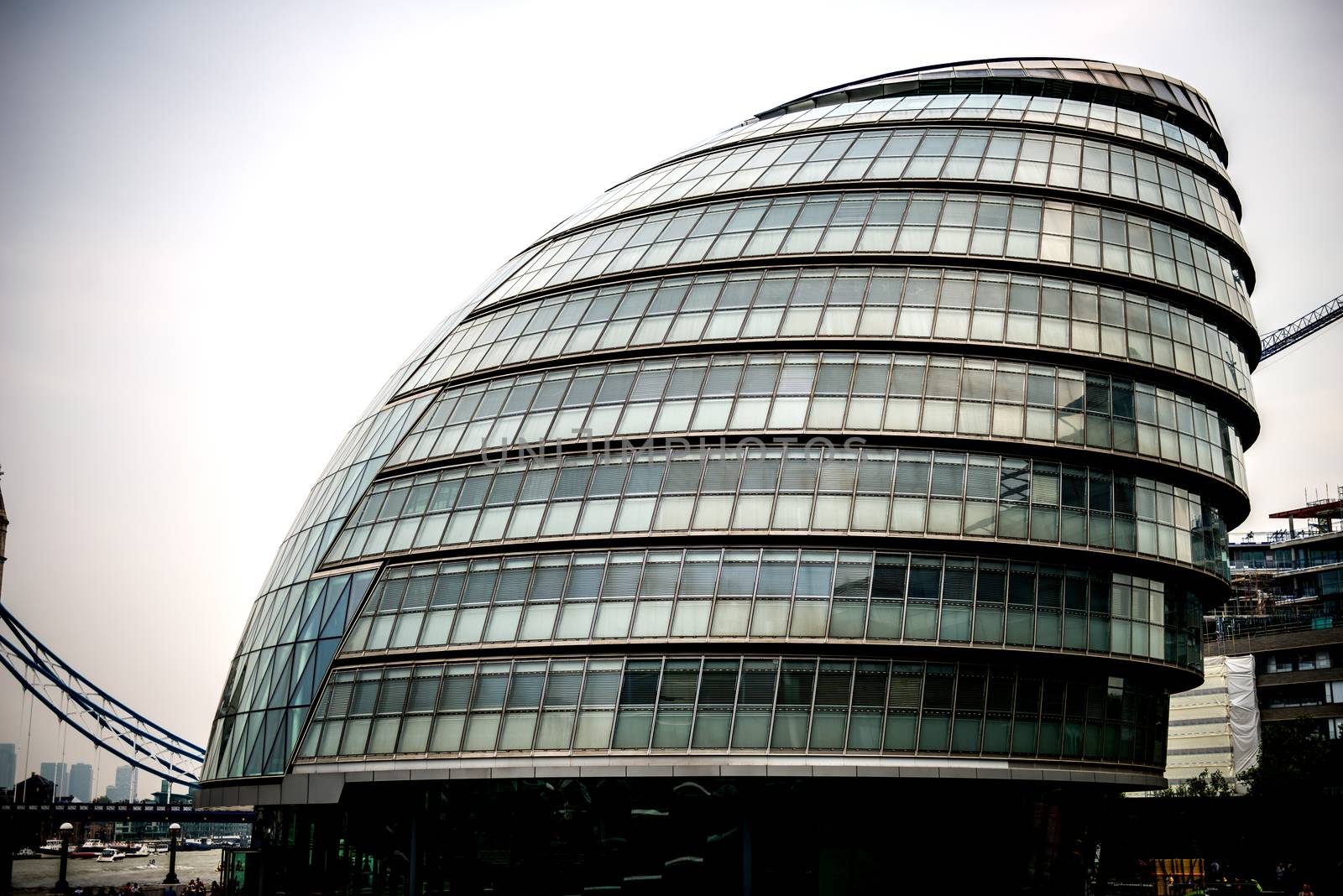
City Hall, the headquarters of the Greater London Authority
Stock PhotoUsername
MohanaAntonMerylResolution
7359x4910pxCity Hall, the headquarters of the Greater London Authority

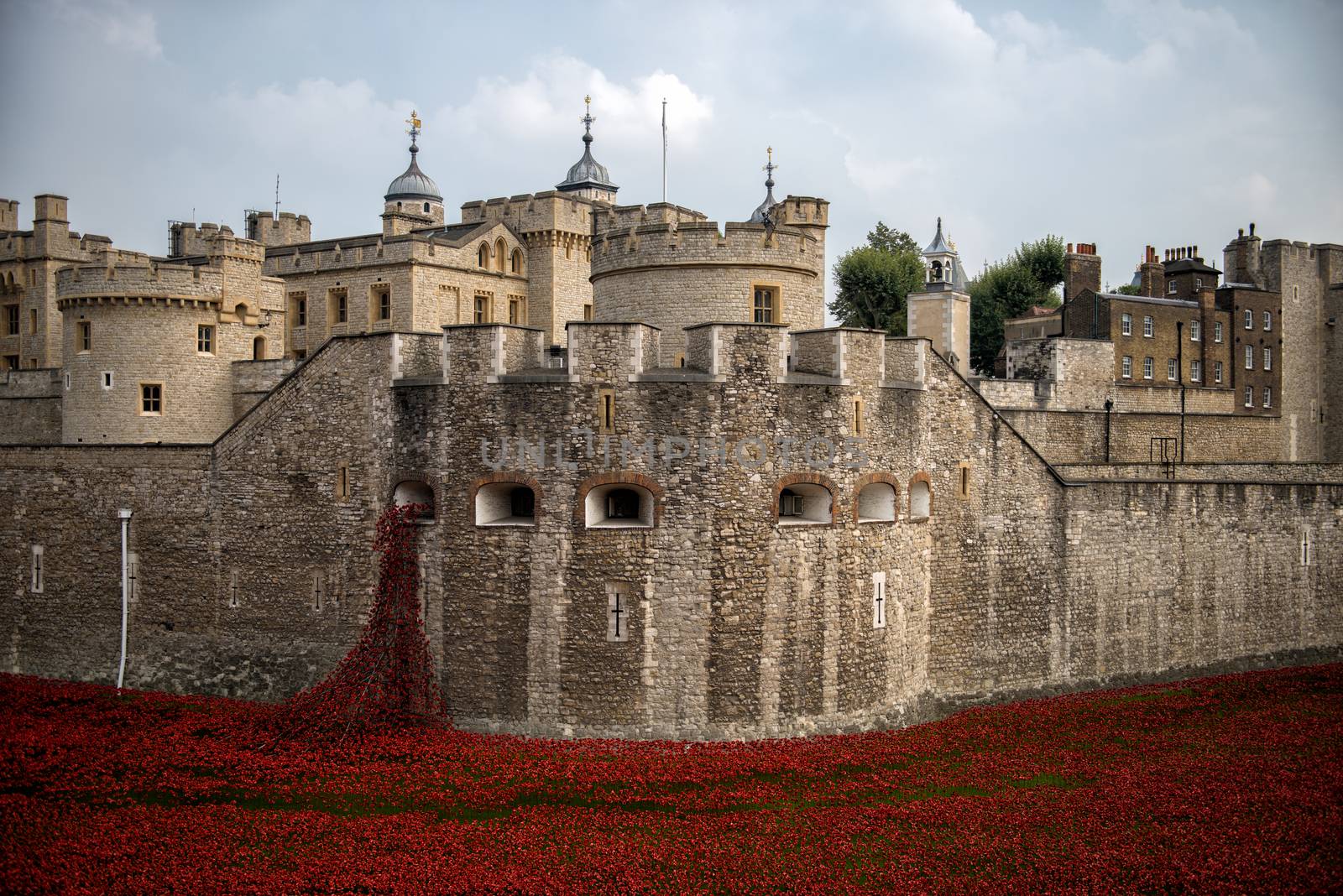
Red poppies in the moat of the Tower of London
Stock PhotoUsername
MohanaAntonMerylResolution
7354x4908pxRed poppies in the moat of the Tower of London

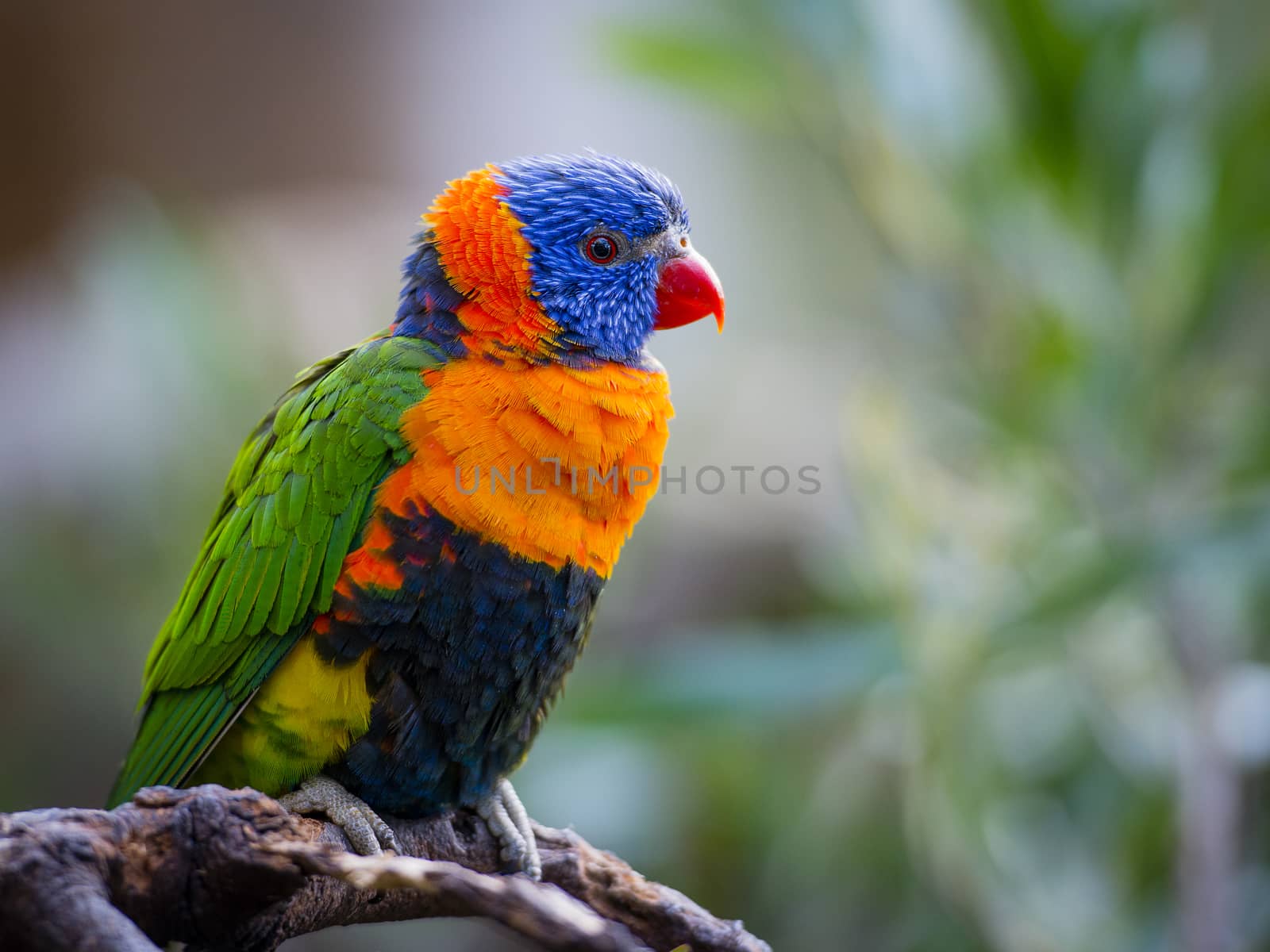
Bright Rainbow Lorikeet parrot
Stock PhotoUsername
MohanaAntonMerylResolution
4348x3261pxBright Rainbow Lorikeet parrot

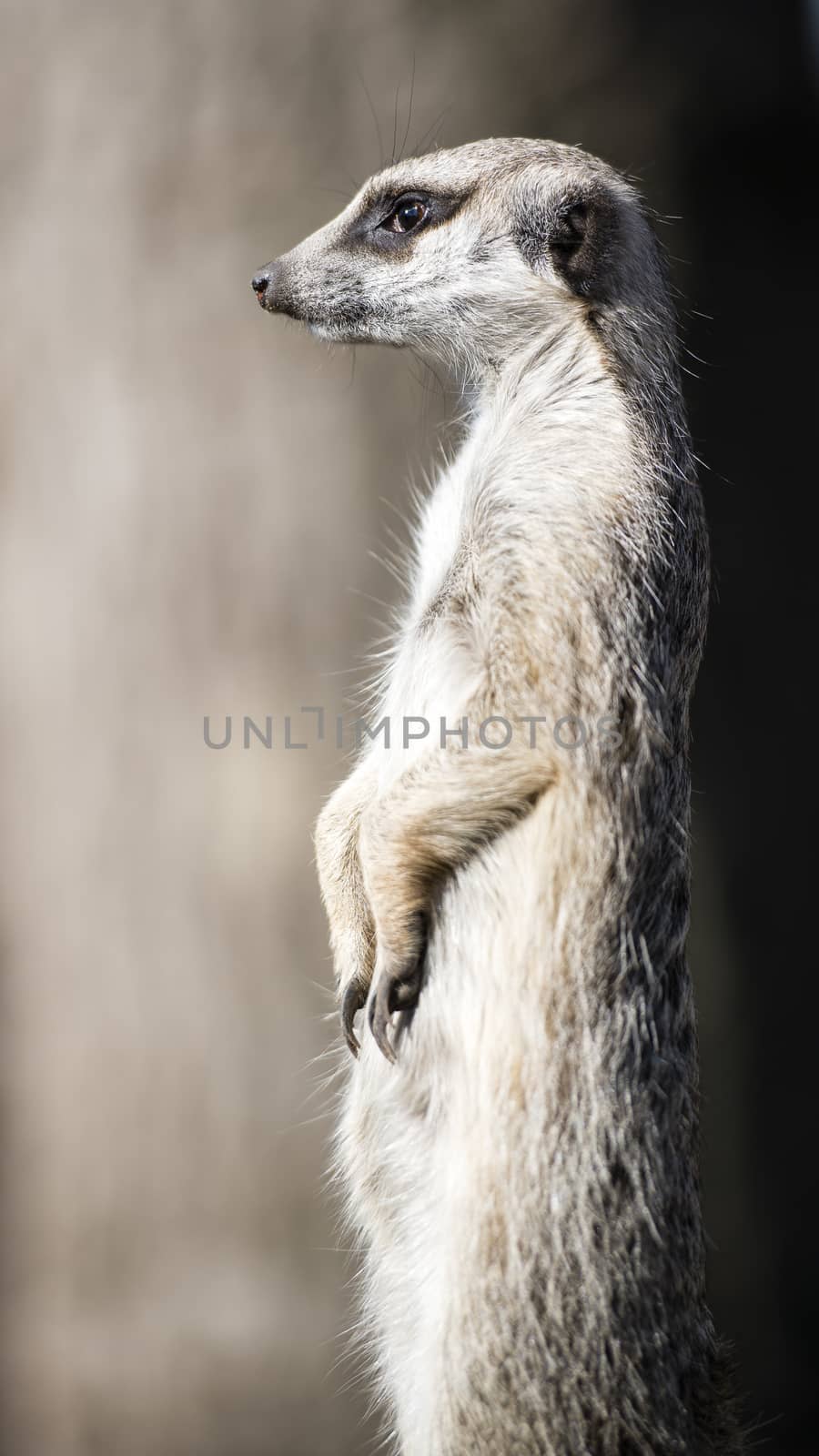
Meerkat guarding the territory
Stock PhotoUsername
MohanaAntonMerylResolution
3695x6568pxMeerkat guarding the territory

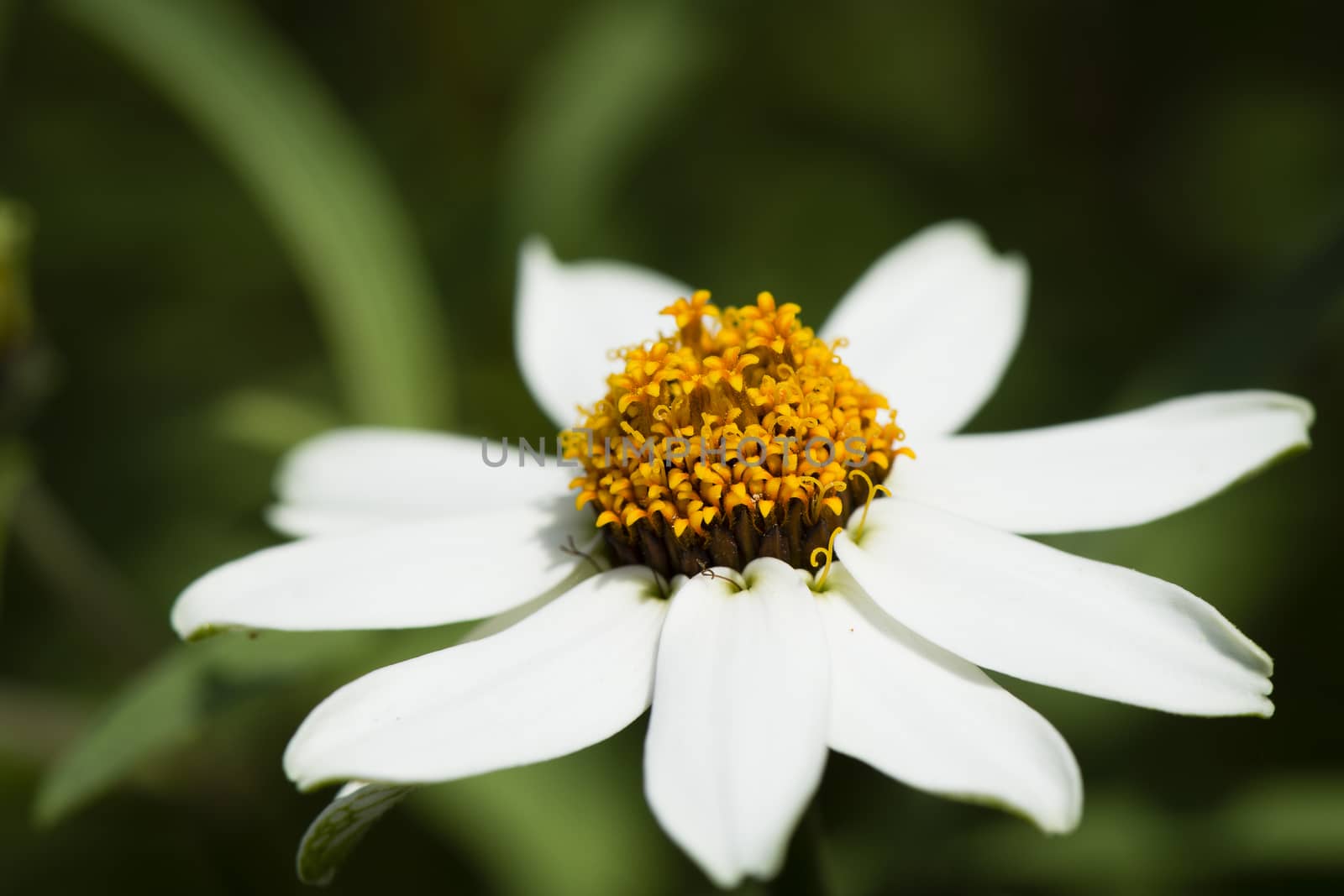
White daisy flower on a spring meadow
Stock PhotoUsername
MohanaAntonMerylResolution
5342x3561pxWhite daisy flower on a spring meadow

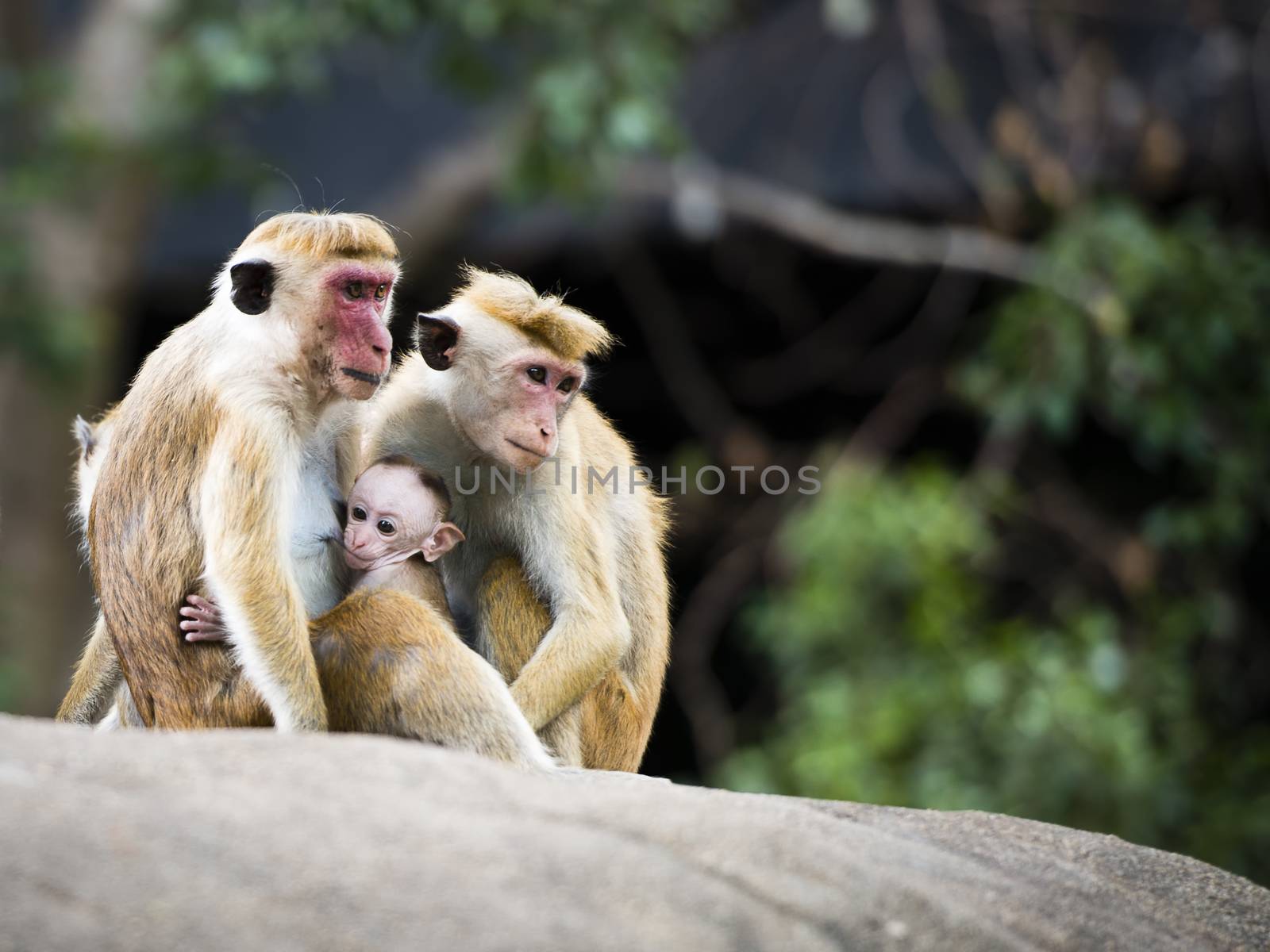
Family of red-faced Macaque monkeys in the forest
Stock PhotoUsername
MohanaAntonMerylResolution
3844x2883pxFamily of red-faced Macaque monkeys in the forest

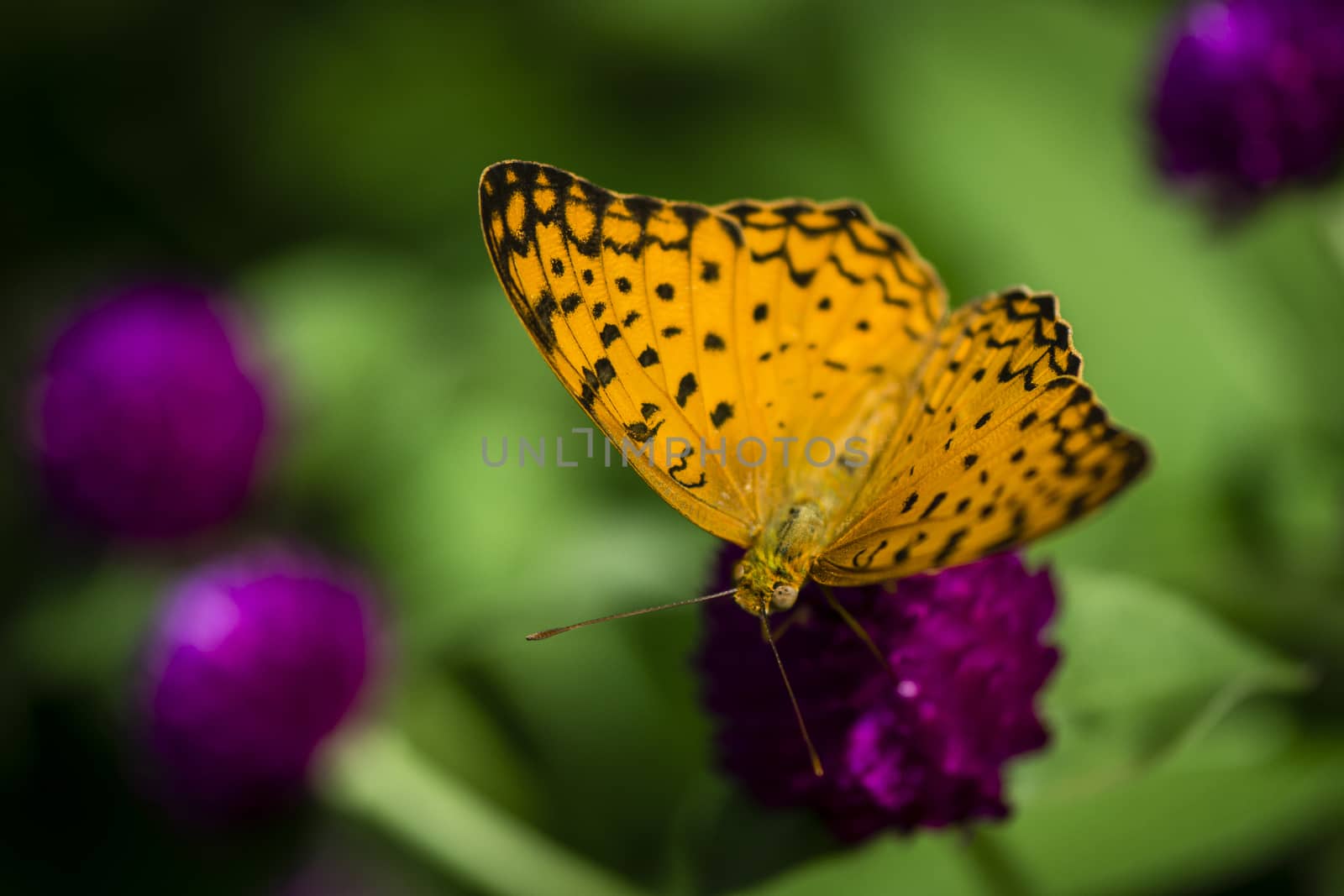
Beautiful orange butterfly in the garden
Stock PhotoUsername
MohanaAntonMerylResolution
4642x3095pxBeautiful orange butterfly in the garden

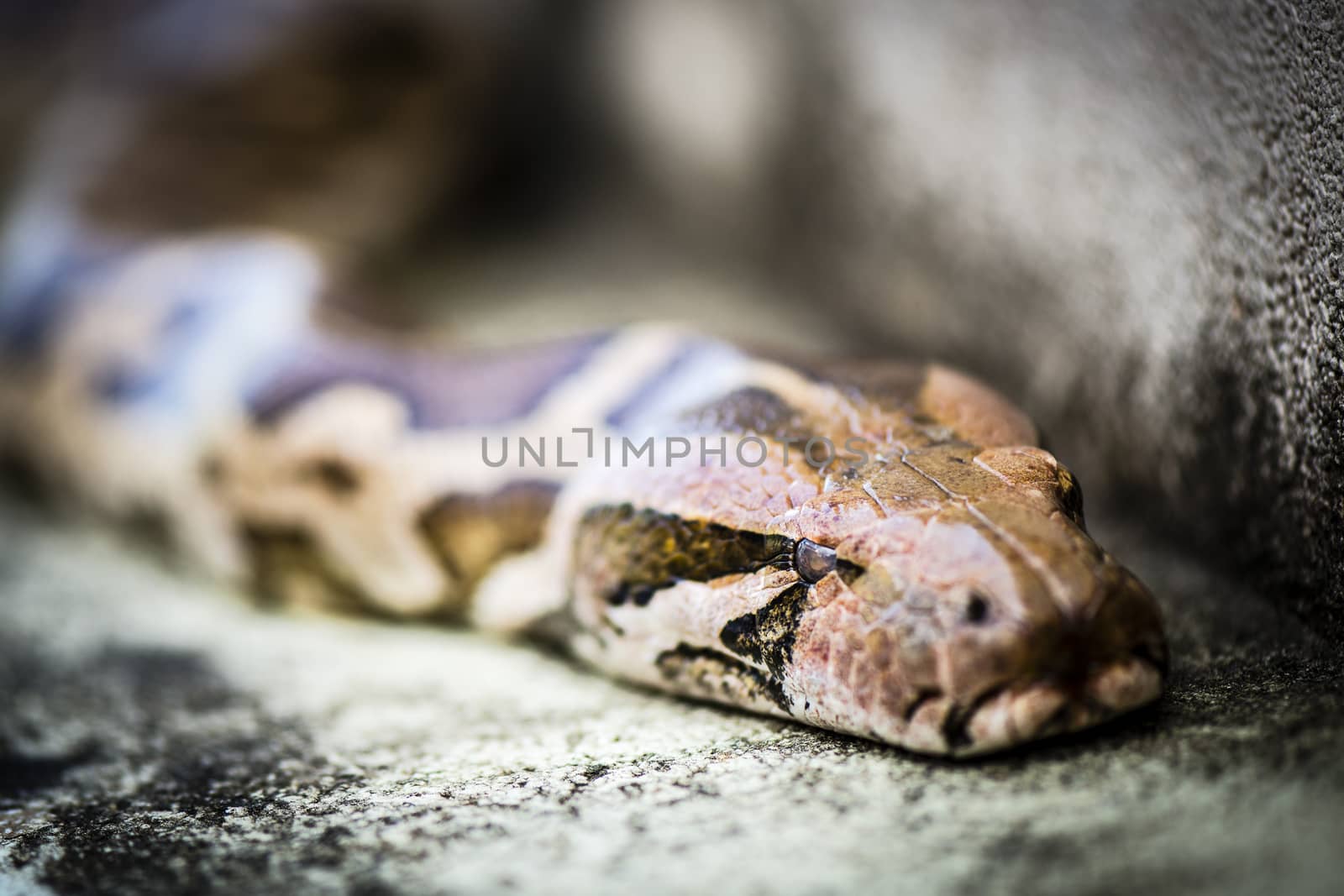
Python snake, the sneaking serpent
Stock PhotoUsername
MohanaAntonMerylResolution
5618x3745pxPython snake, the sneaking serpent

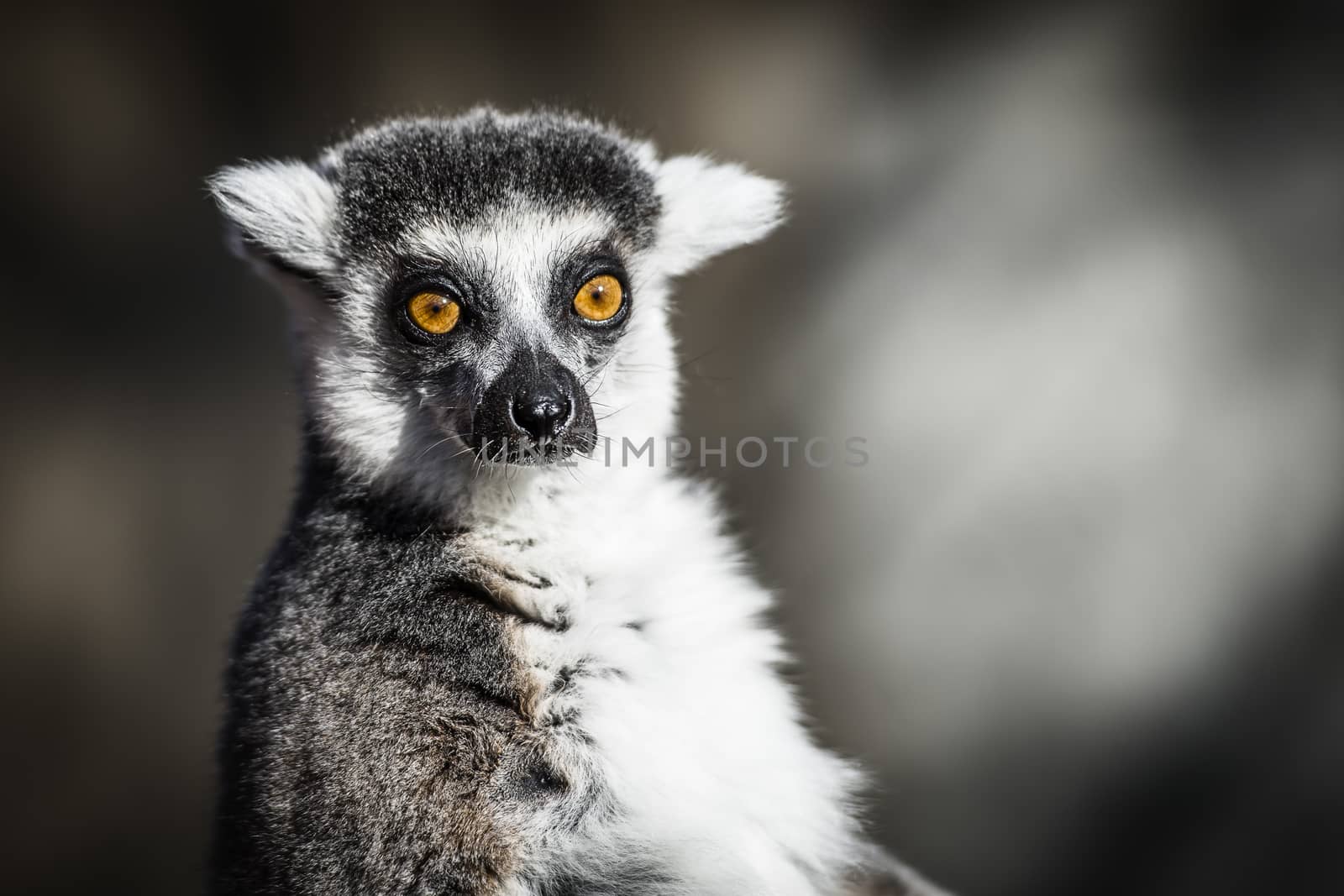
Ring-tailed Lemurs of Madagascar
Stock PhotoUsername
MohanaAntonMerylResolution
5341x3561pxRing-tailed Lemurs of Madagascar


Beautiful green male Eclectus parrot
Stock PhotoUsername
MohanaAntonMerylResolution
4550x3033pxBeautiful green male Eclectus parrot
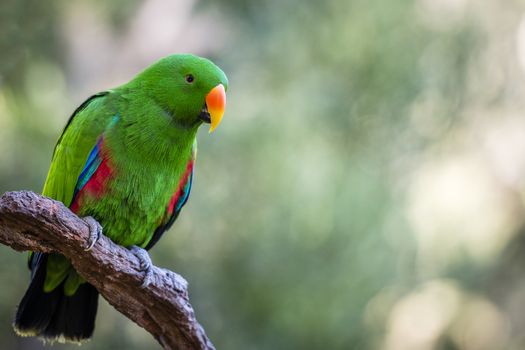
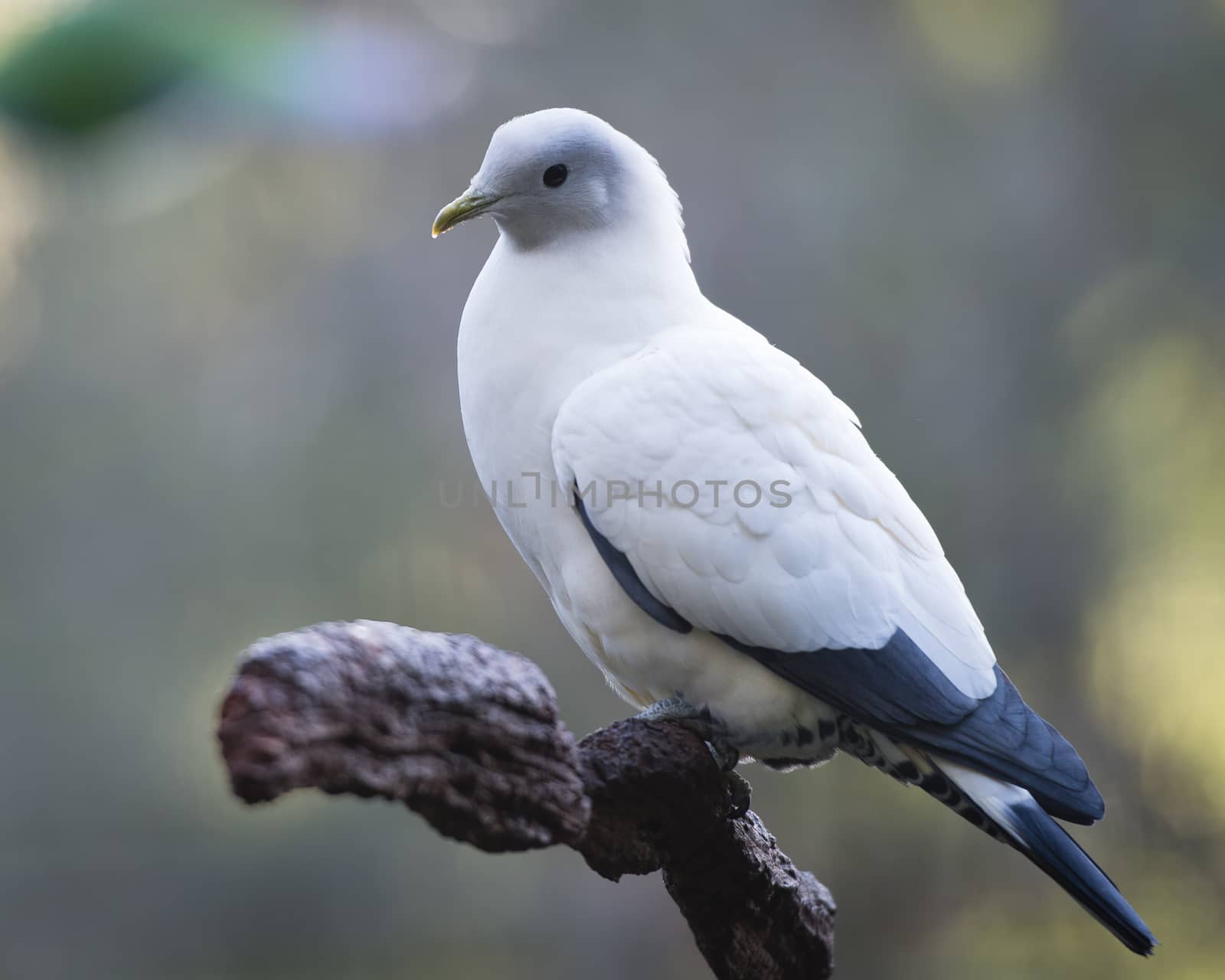
Peaceful pigeon
Stock PhotoUsername
MohanaAntonMerylResolution
4378x3502pxPeaceful pigeon

